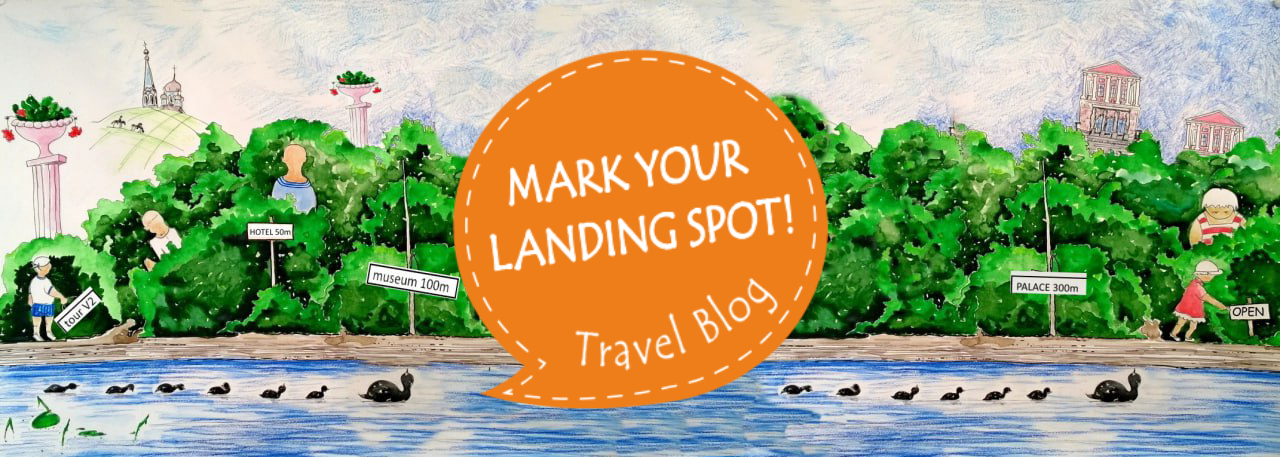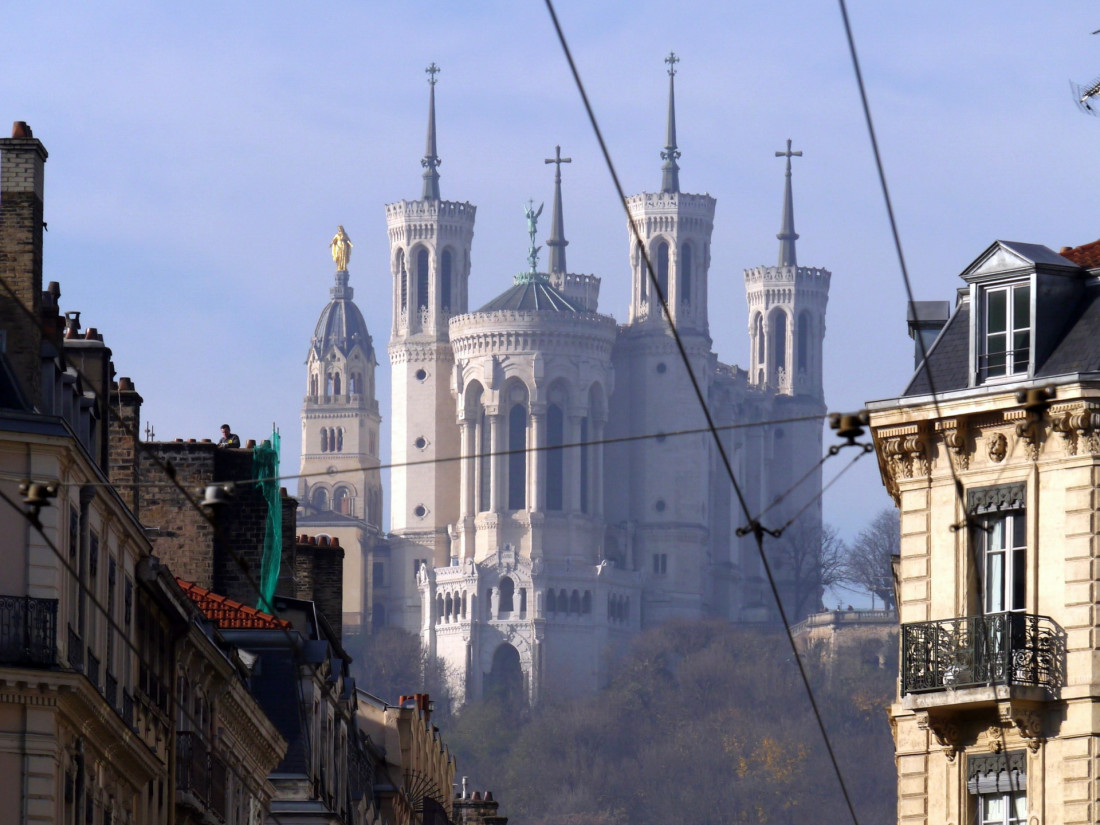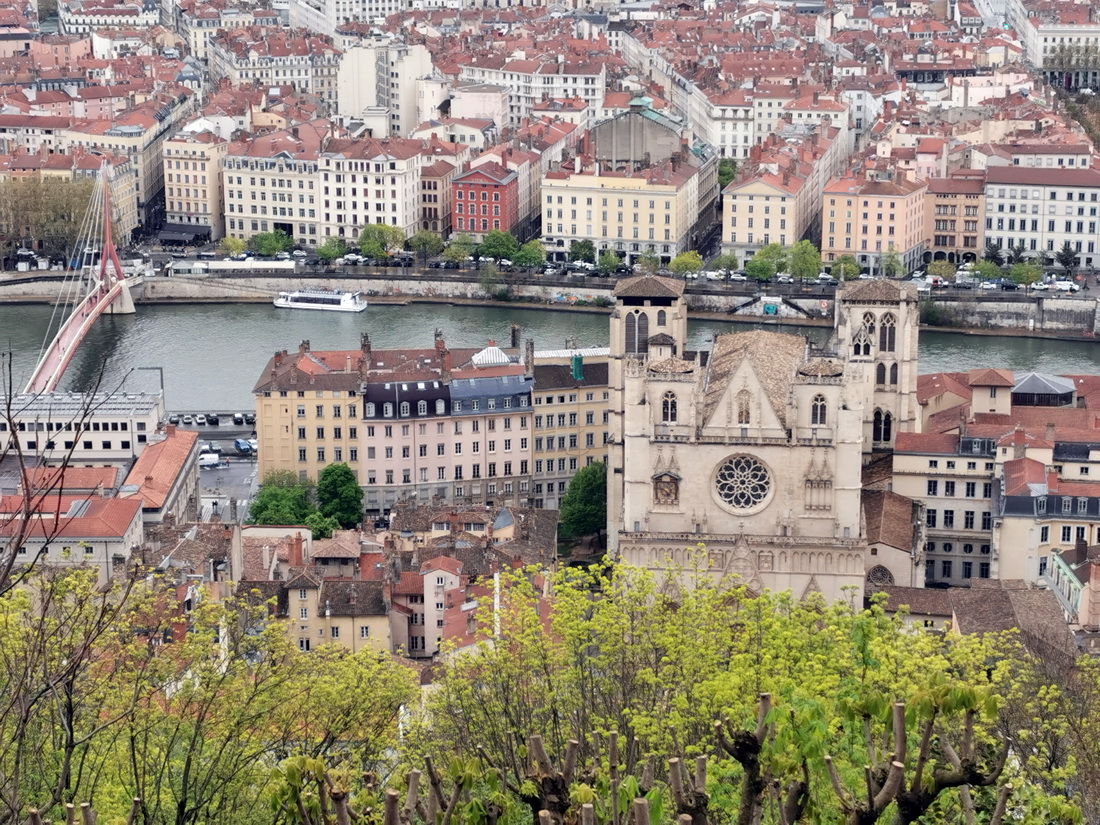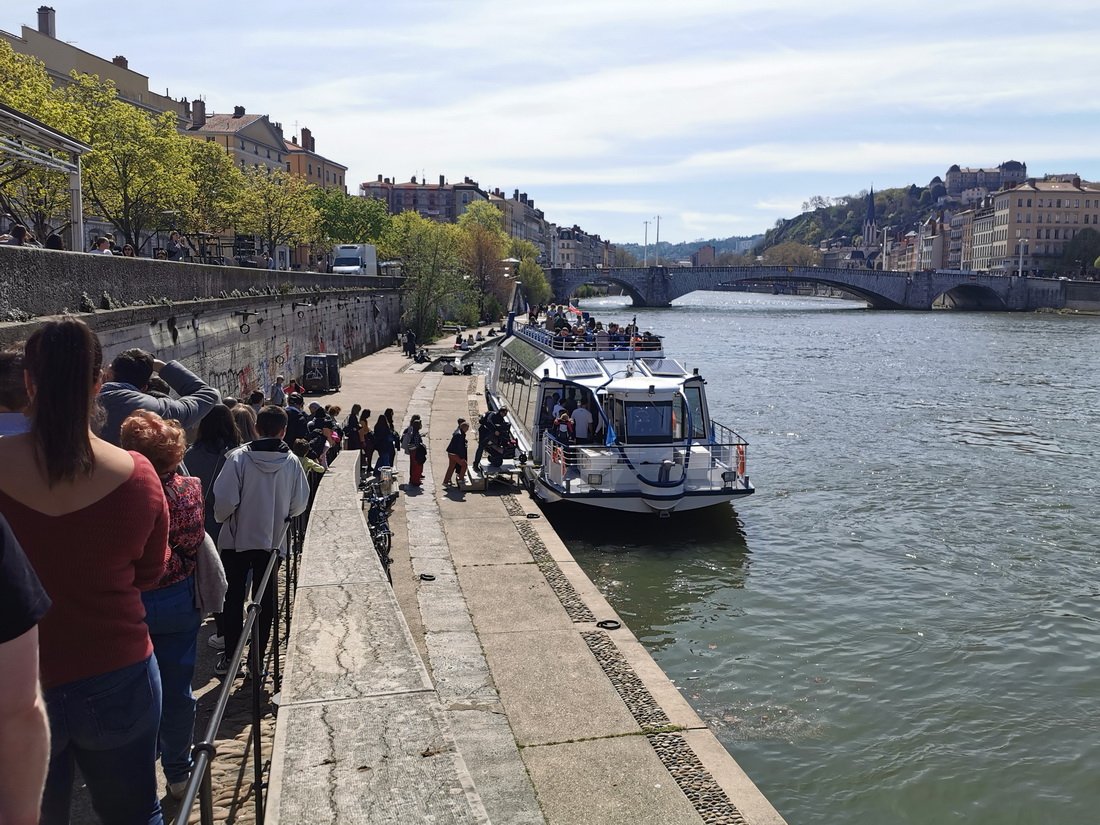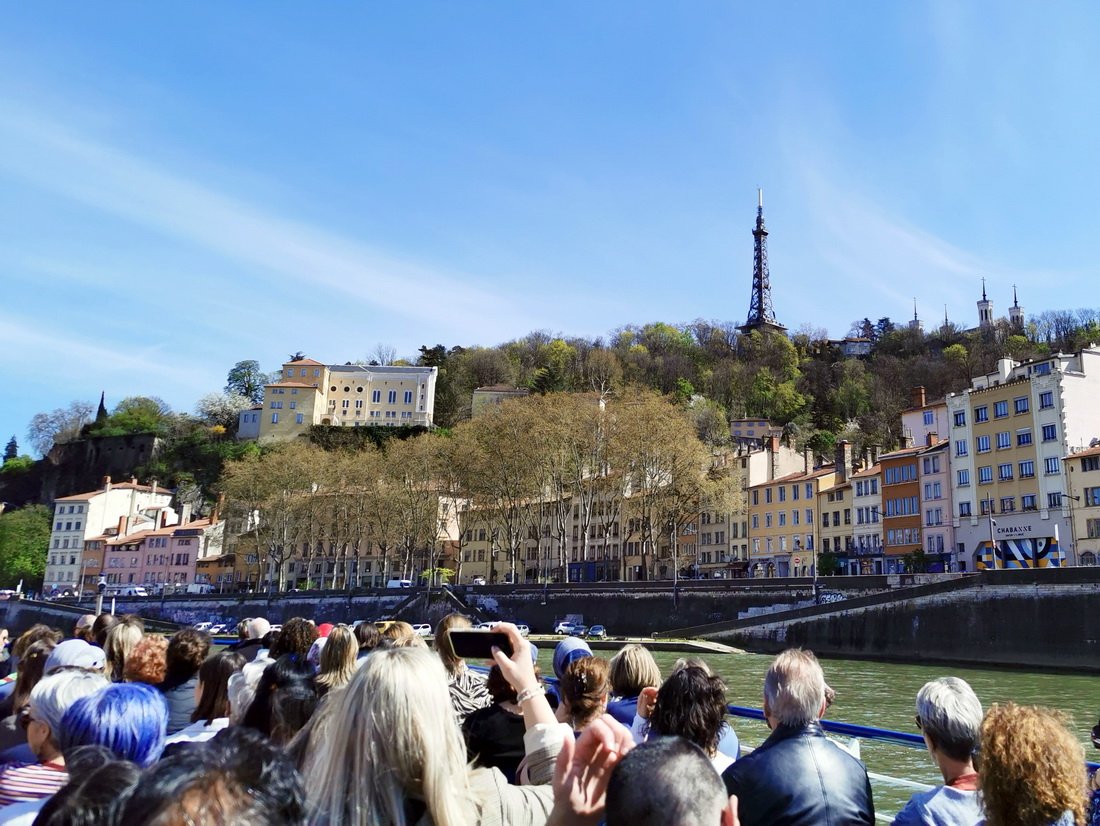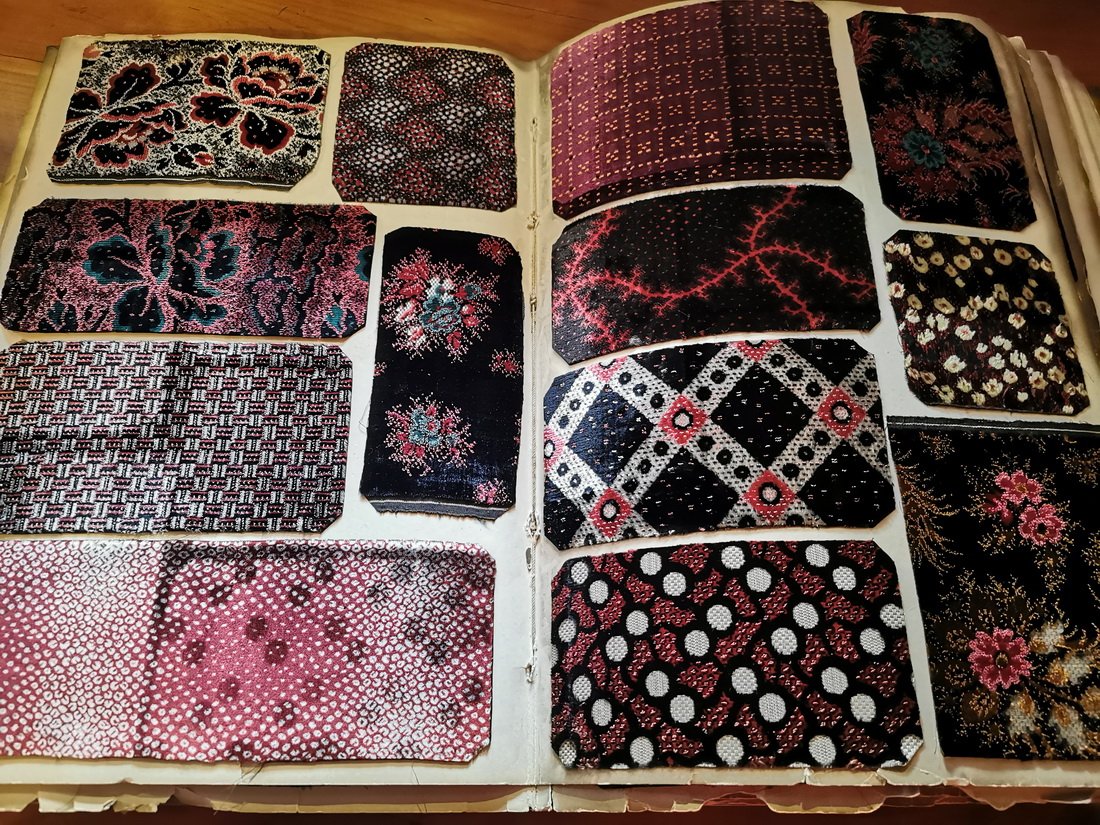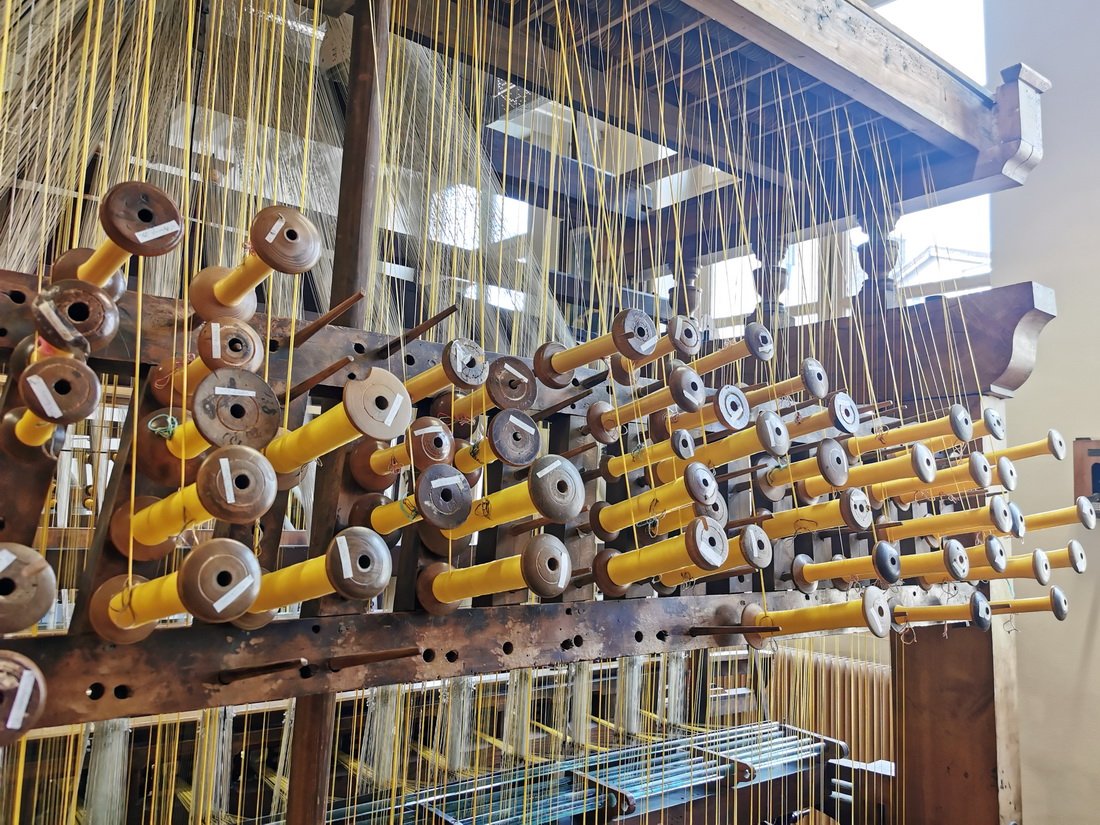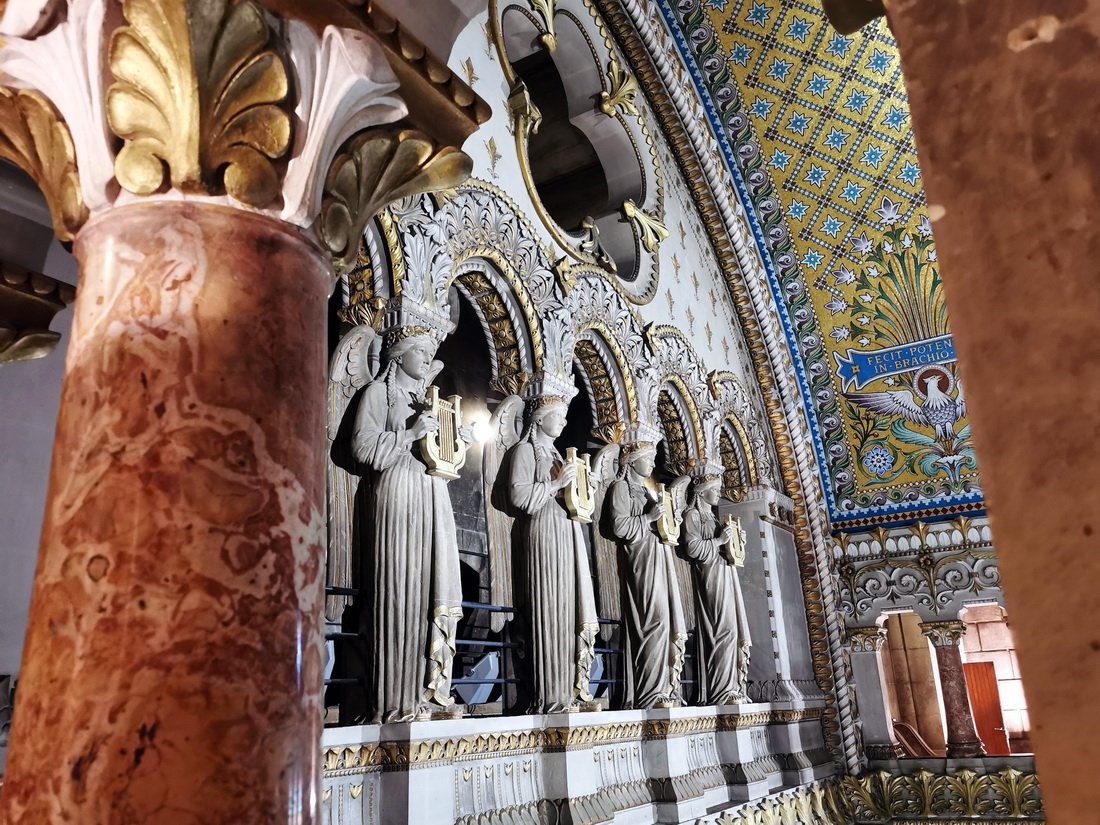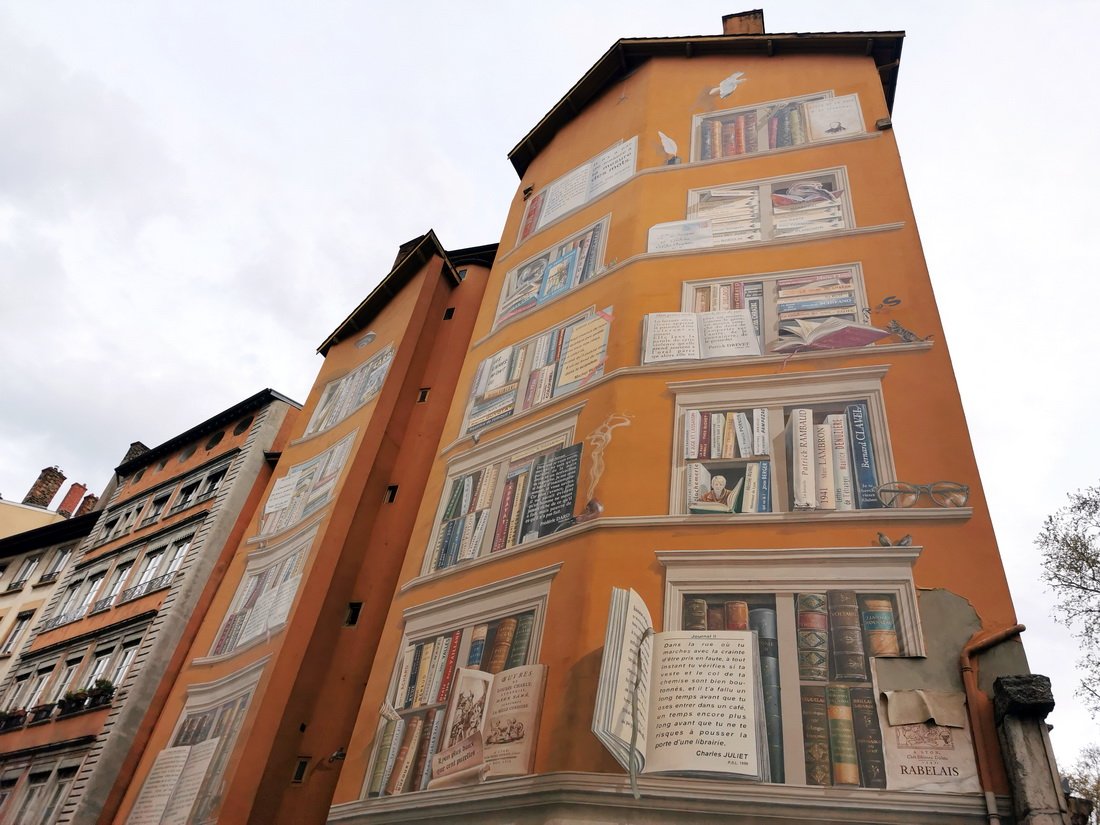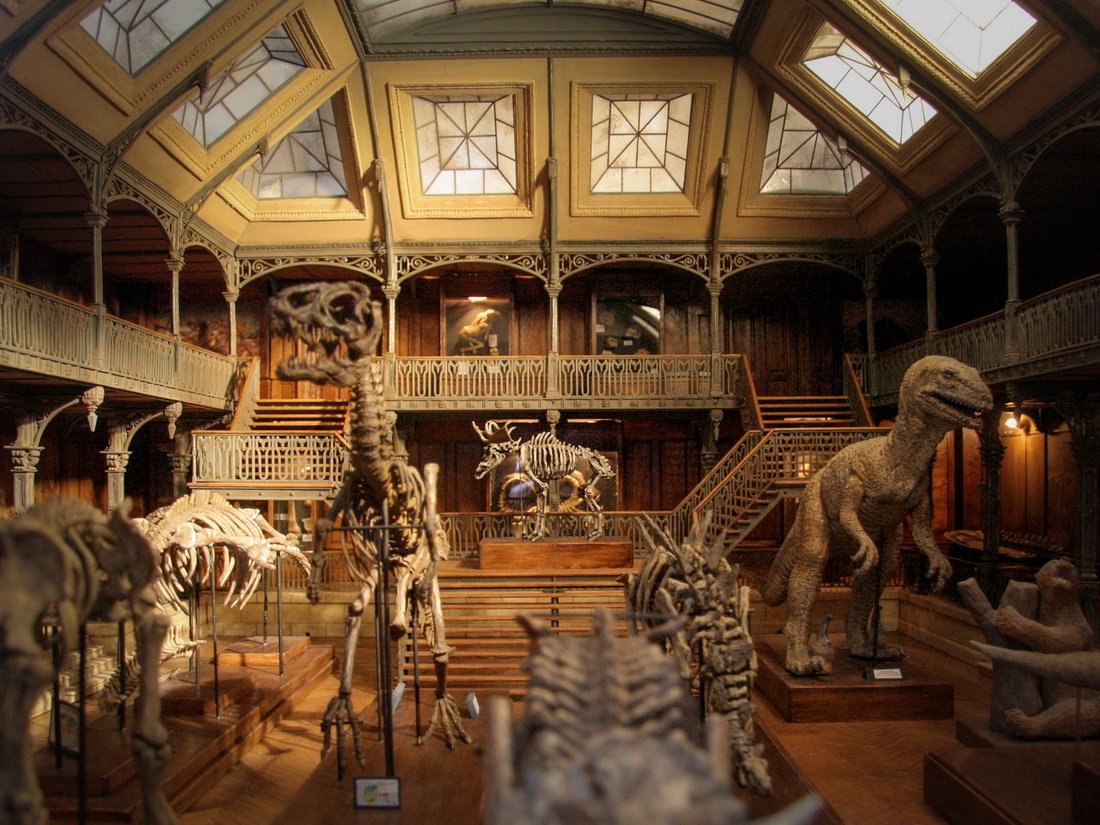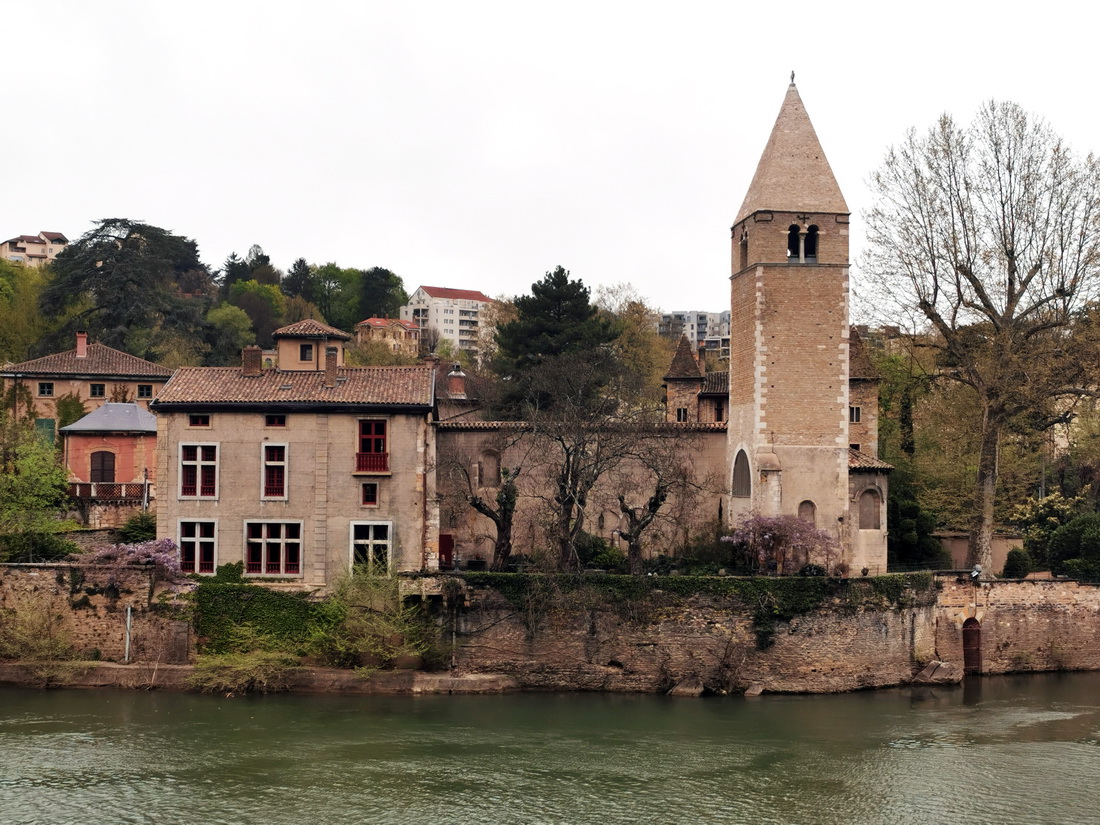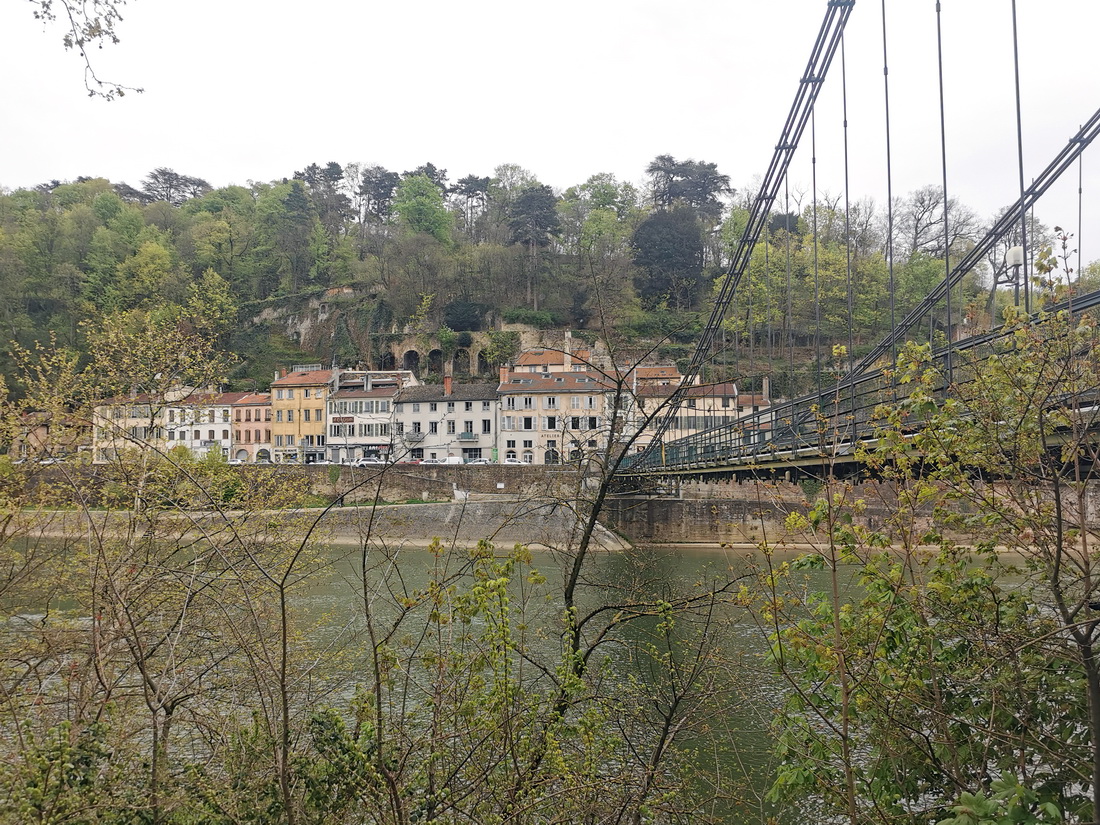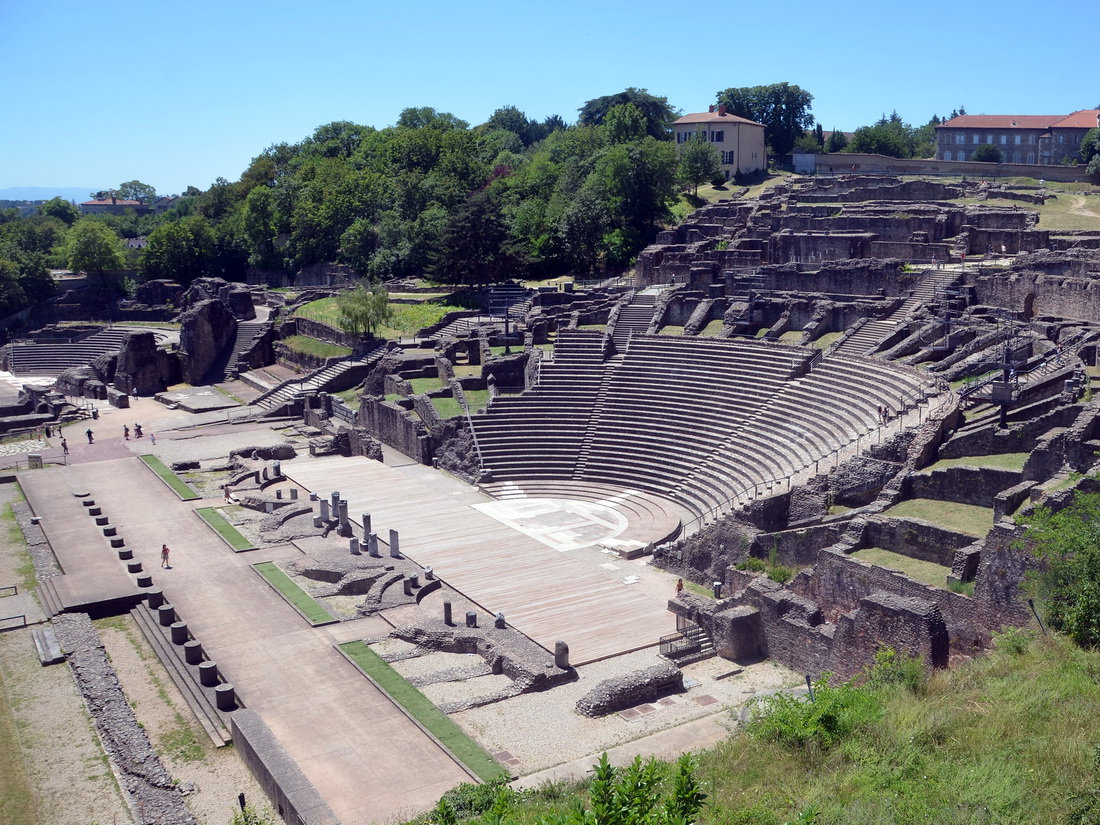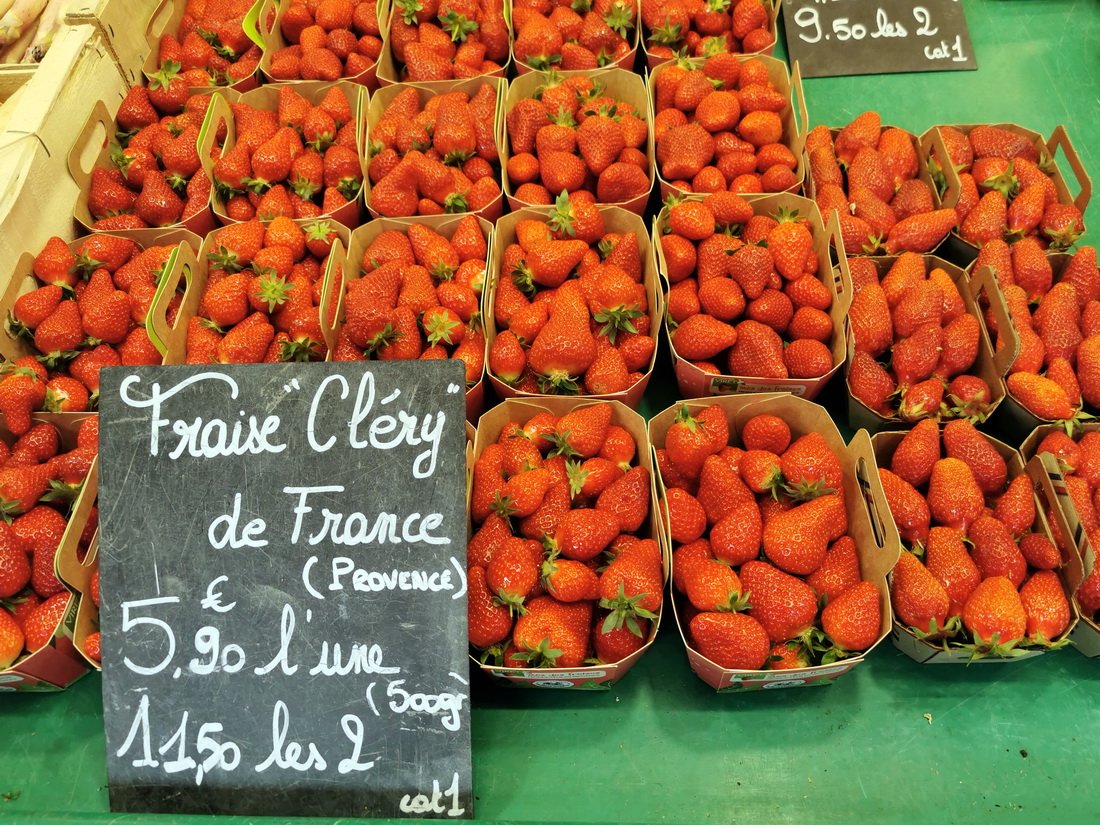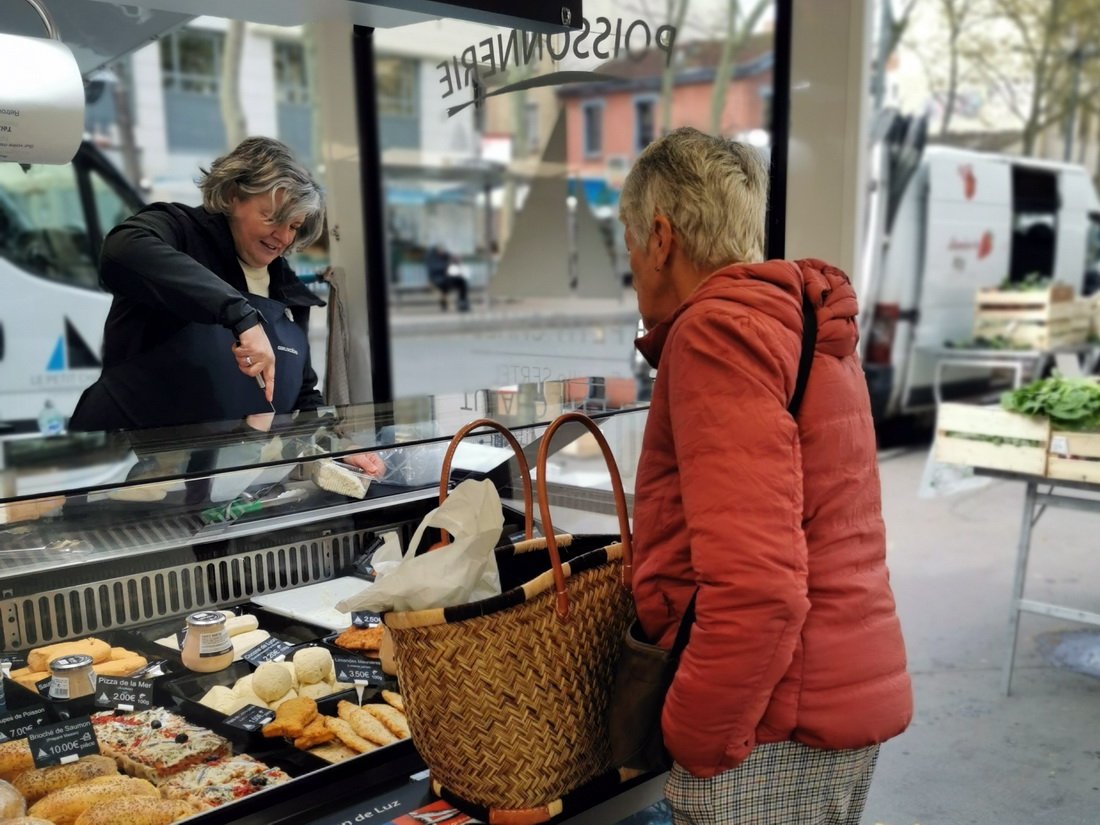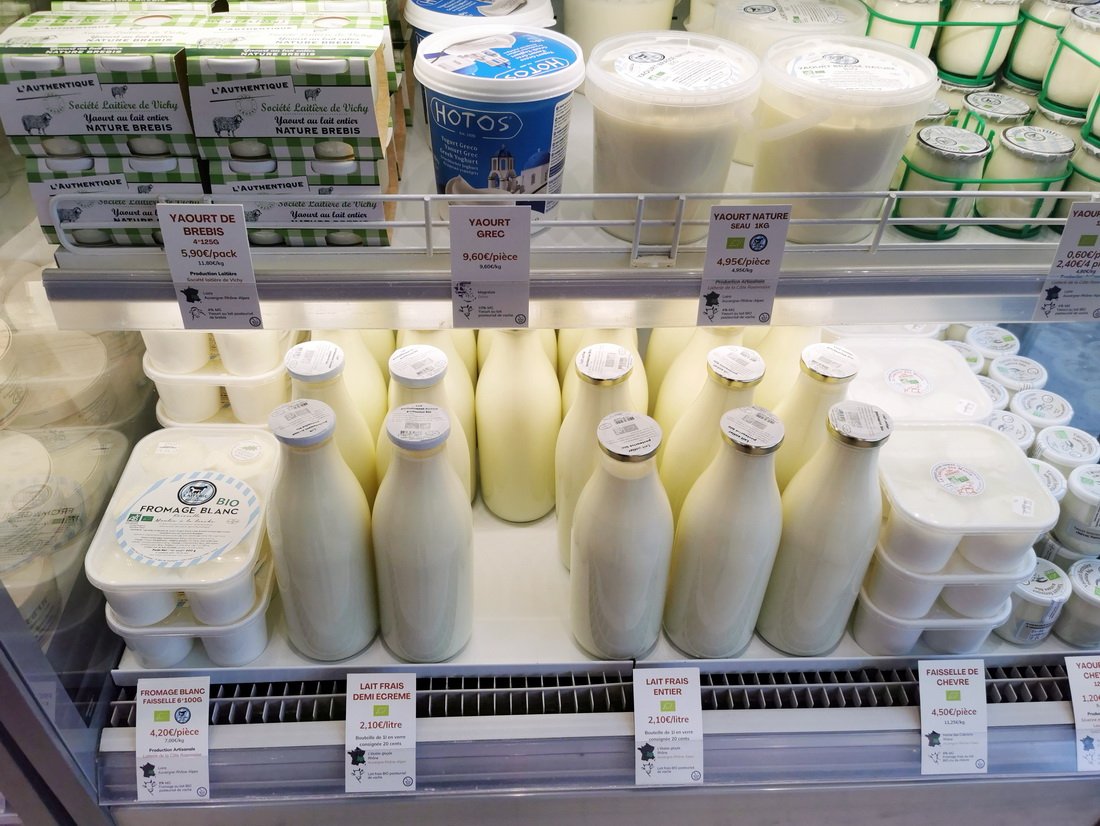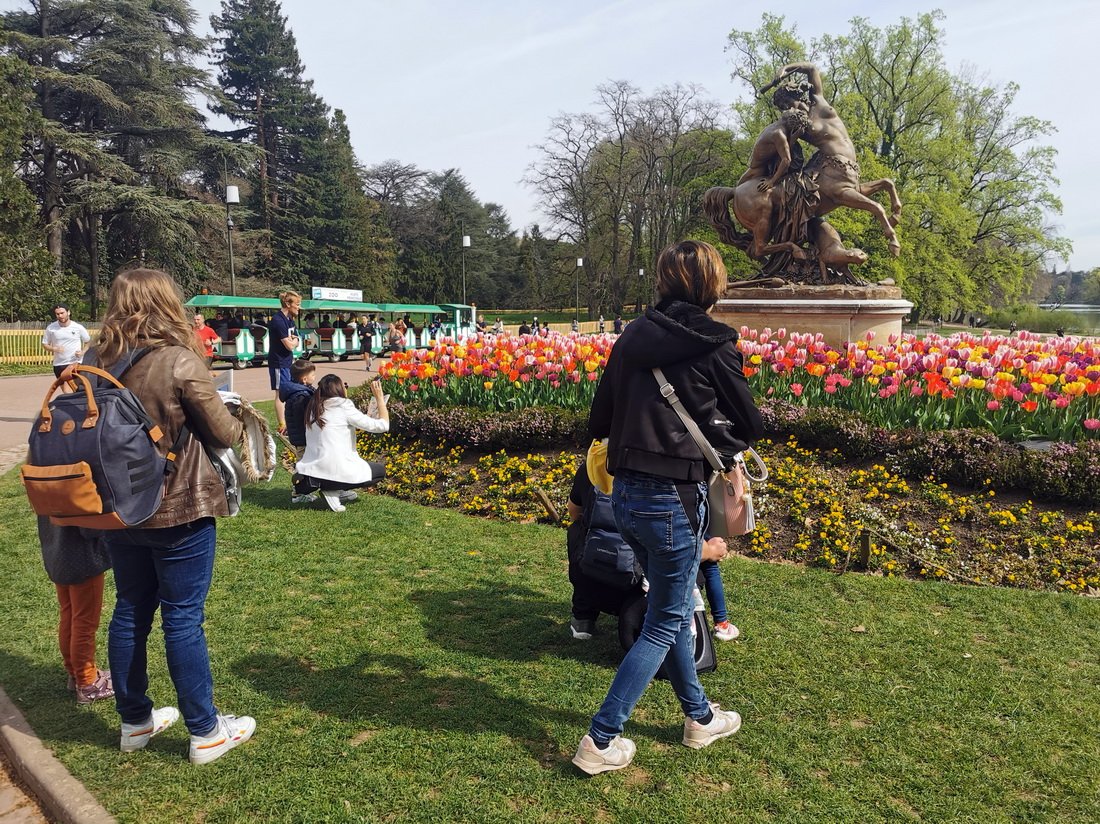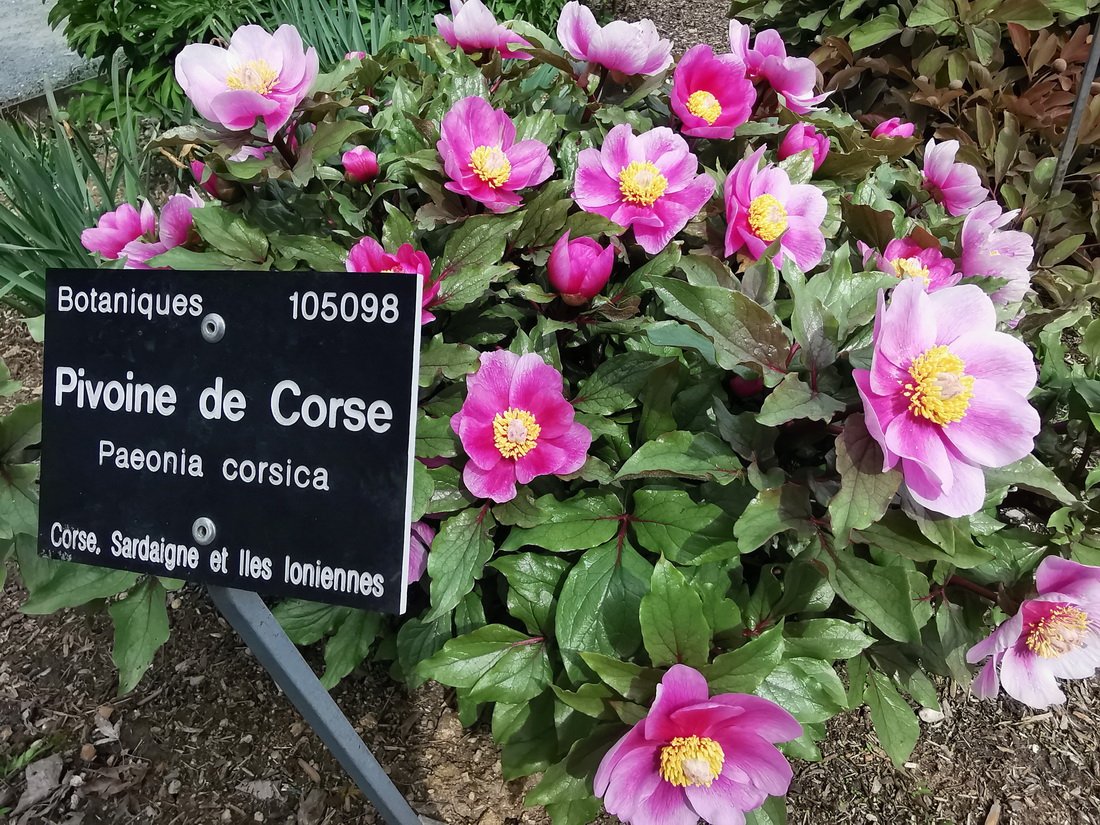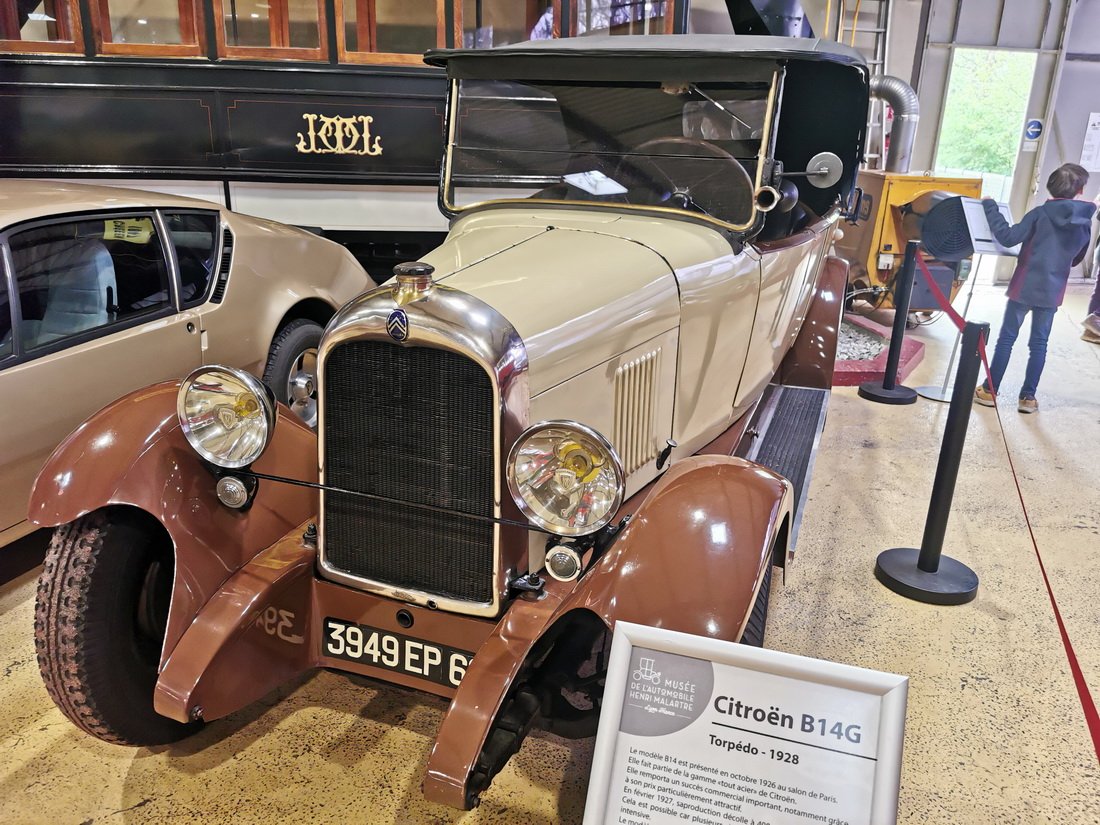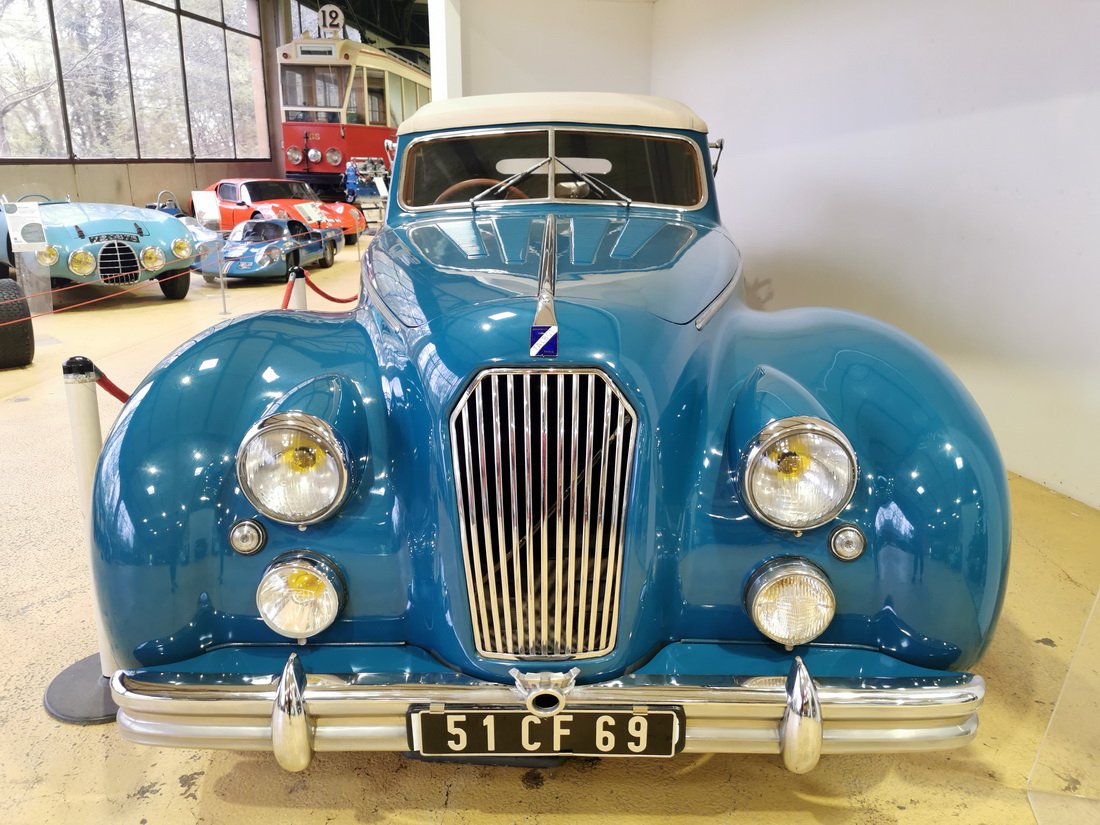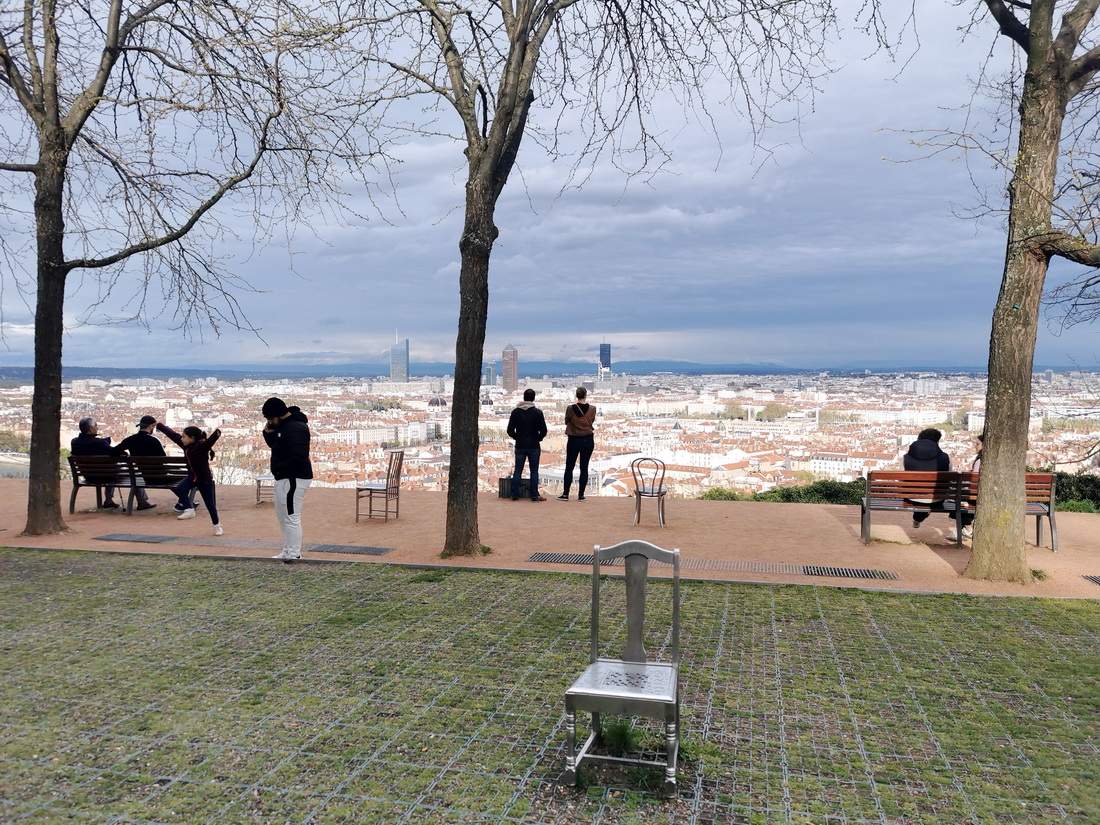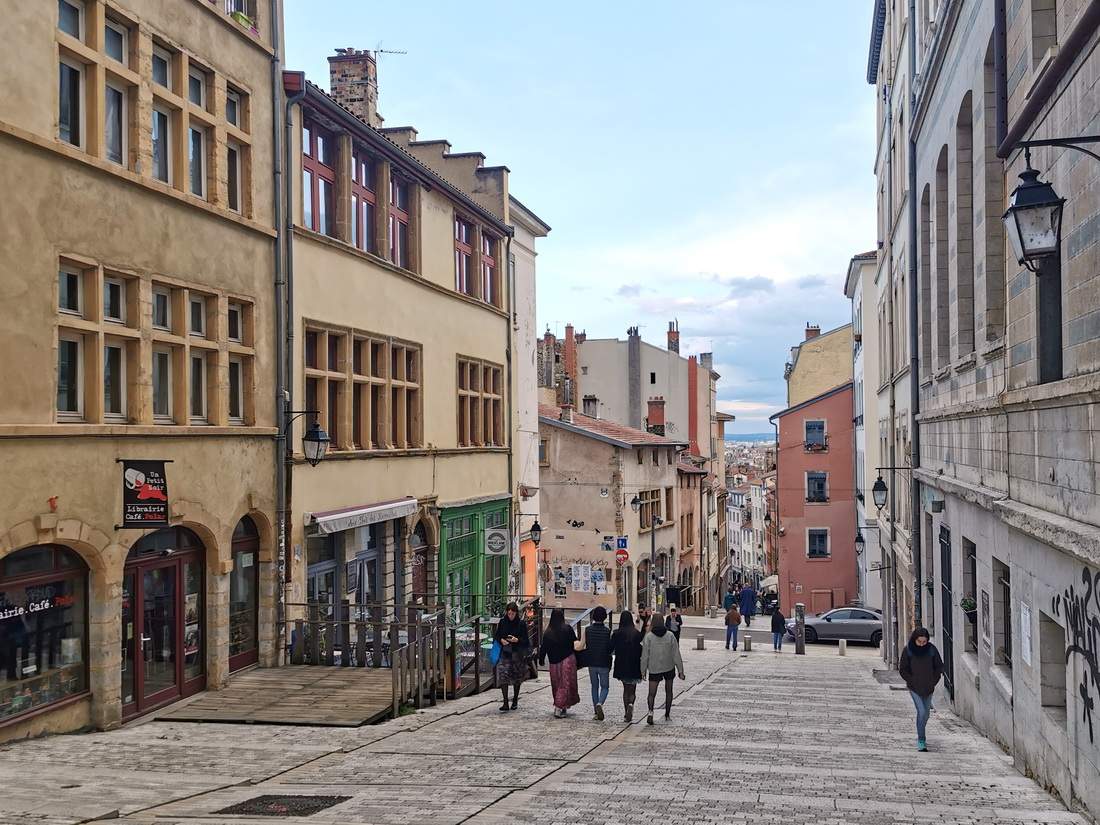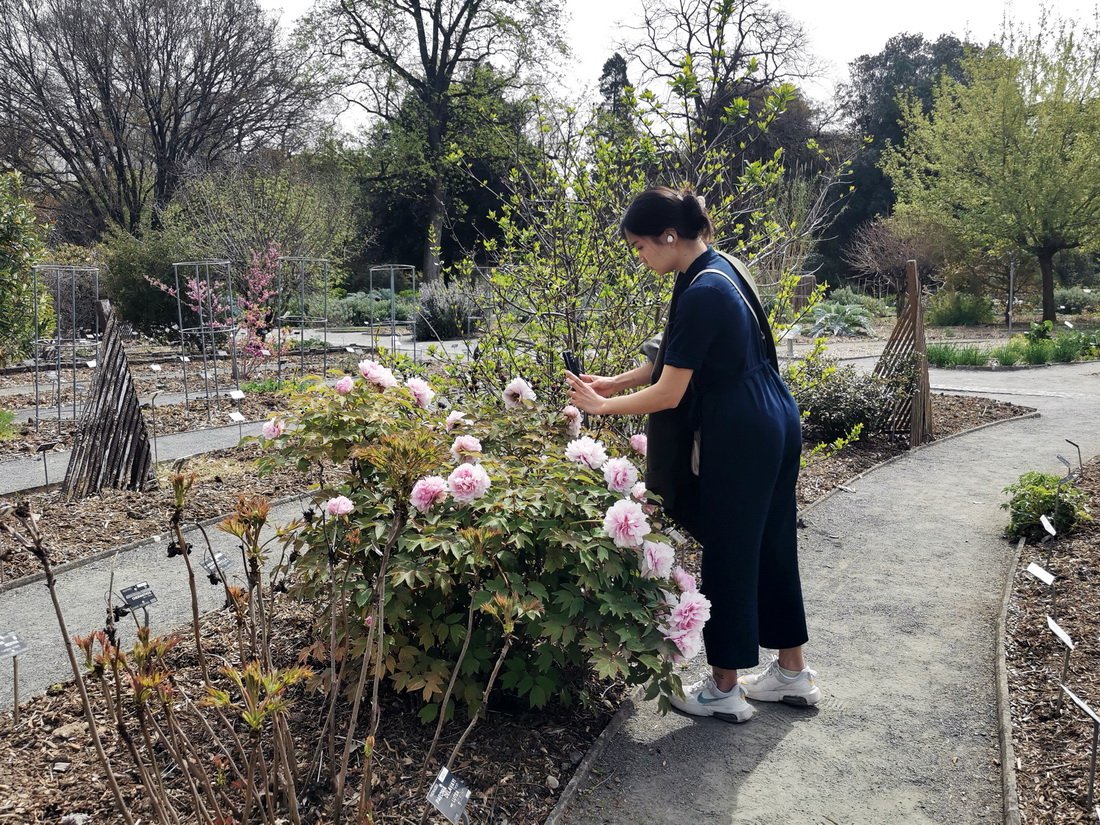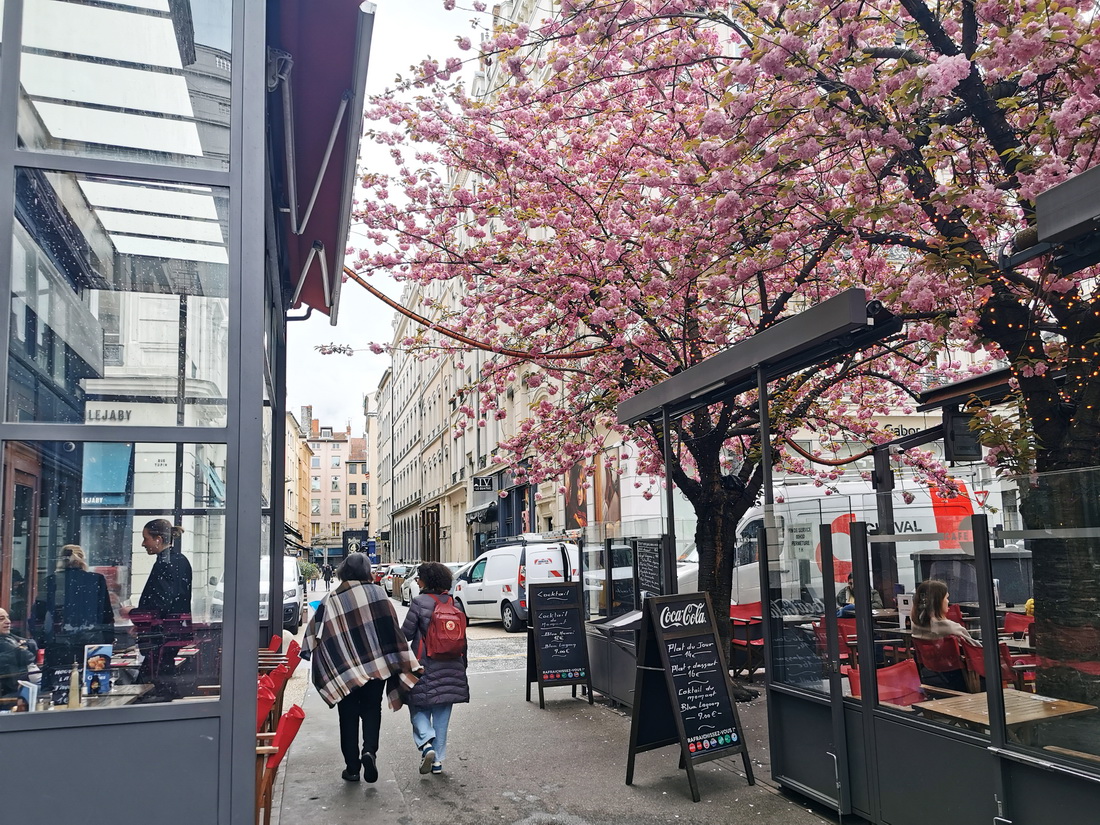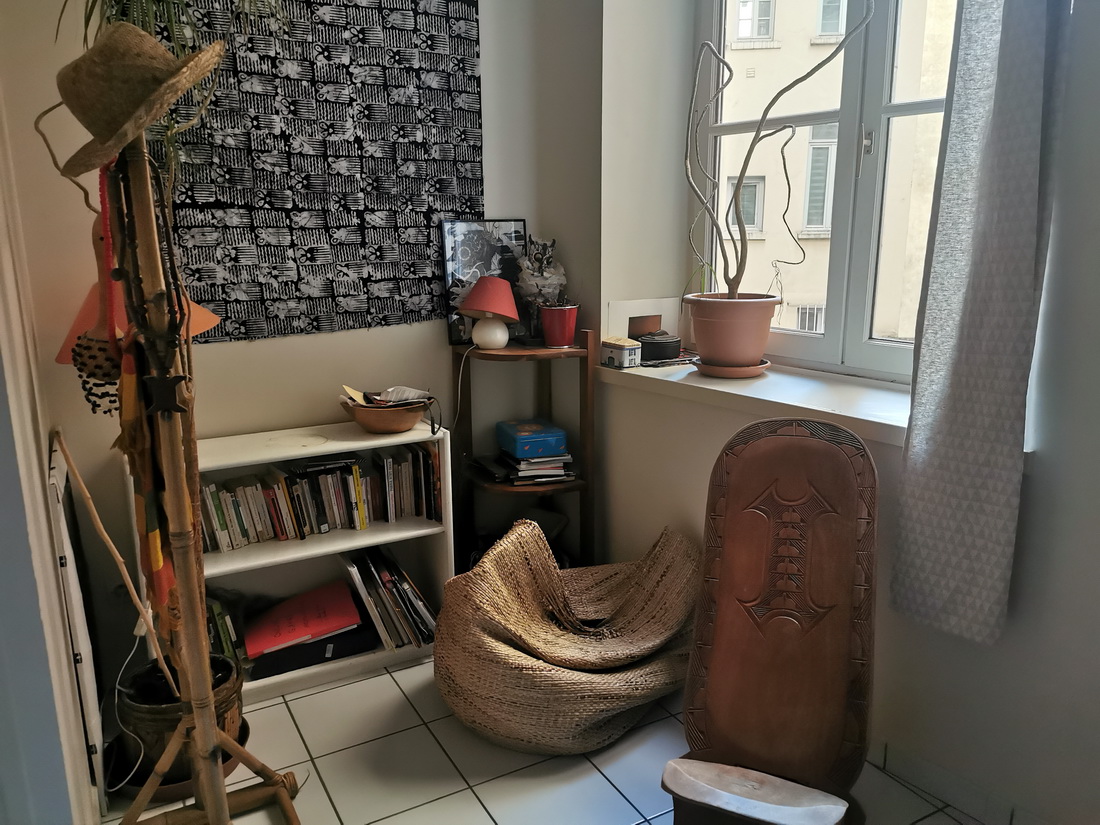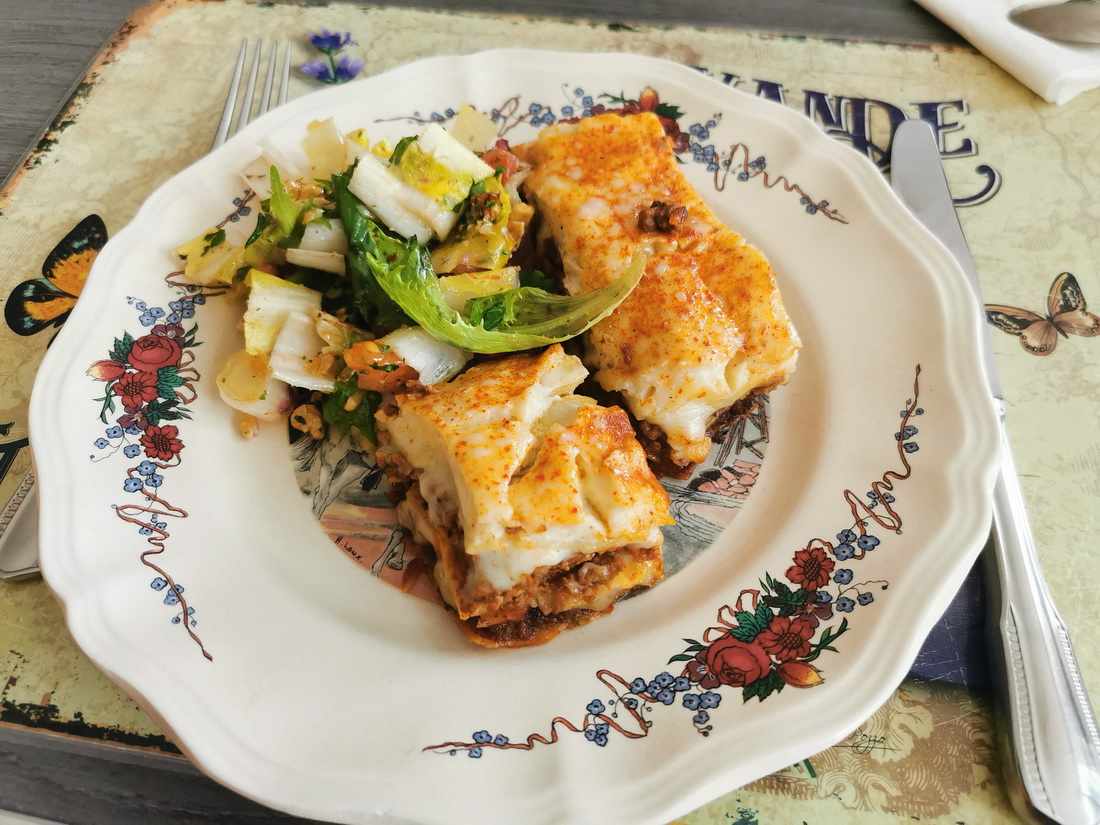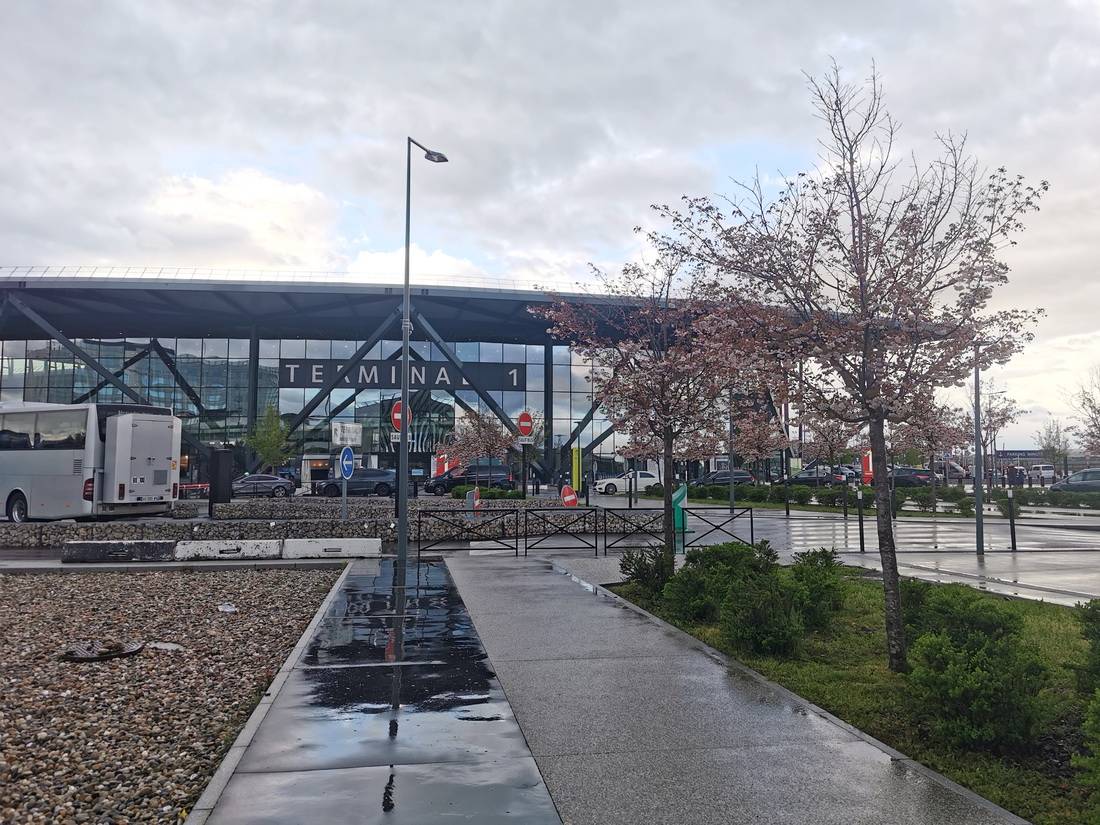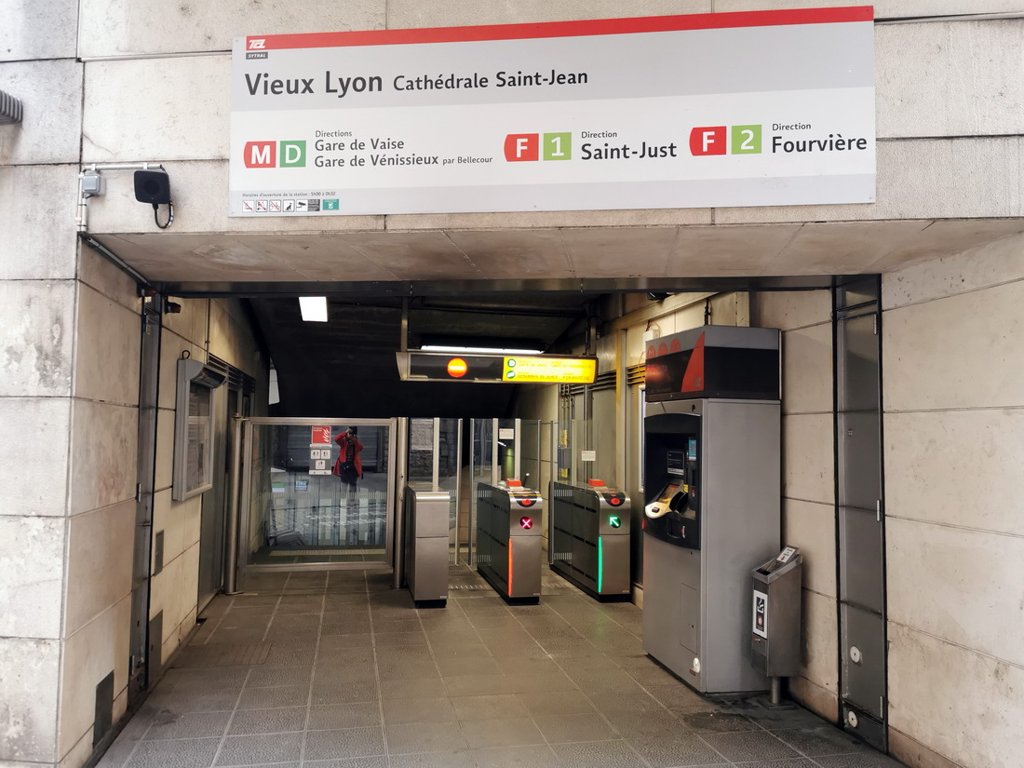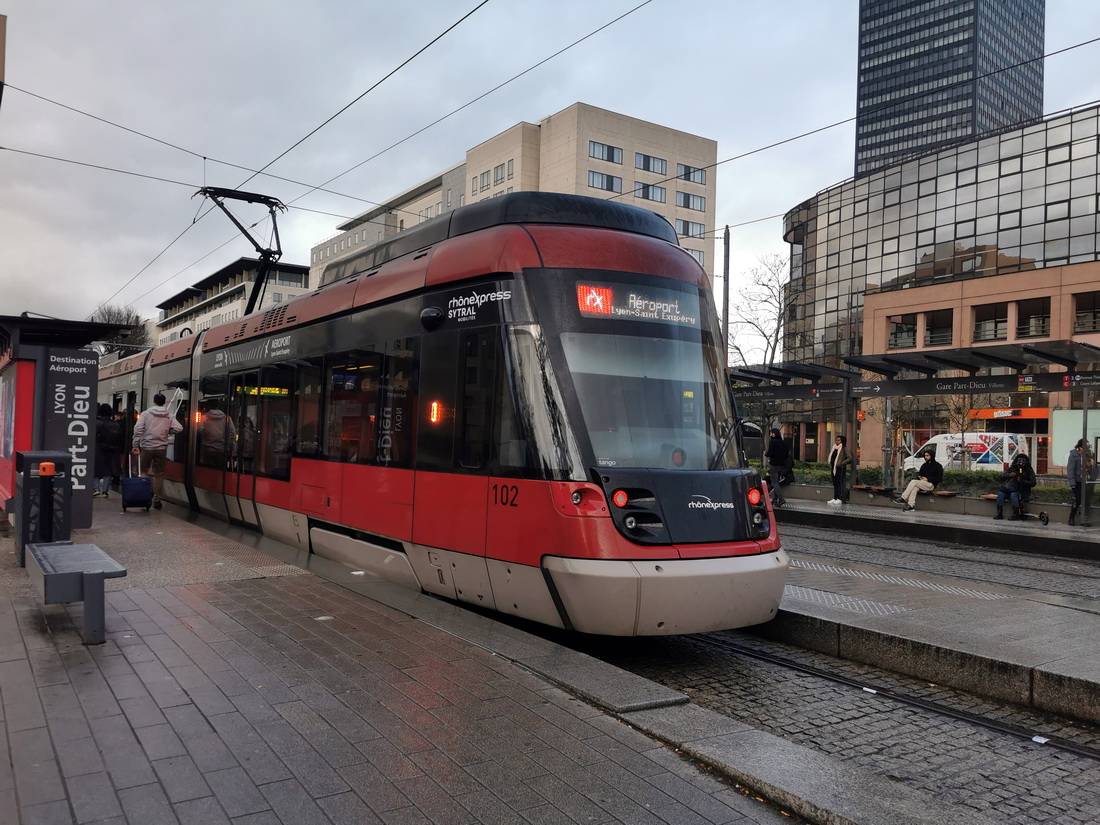Many tourists dream of seeing Paris — and yes, I once spent a month there. It’s amazing. But France has so many other beautiful cities to offer, and Lyon is definitely in the top five.
Why visit Lyon?
- UNESCO-listed centre: One of Europe’s largest Renaissance quarters.
- Easy access: High-speed trains and Lyon-Saint Exupery Airport.
- Historic roots: Over 2,000 years of Roman and medieval history.
- Third-largest city in France: Around 530,000 residents — lively, but never overwhelming.
Lyon has a rare kind of balance — grand but not showy, full of history but easy to take in on foot. It’s a city of hills and rivers, Roman ruins and modern murals, quiet courtyards and open-air markets.
It’s also where you’ll find coq au vin (chicken stewed in wine) on a lunch menu, a basilica nicknamed an elephant, and more types of cheese than days in the year.
I stayed for eight days, walked almost everywhere, and left with more favourites than I can possibly list. So if you’re wondering what to see, do, eat, or skip — here’s my Lyon travel guide, short on fluff and full of the good stuff.
What to See in Lyon
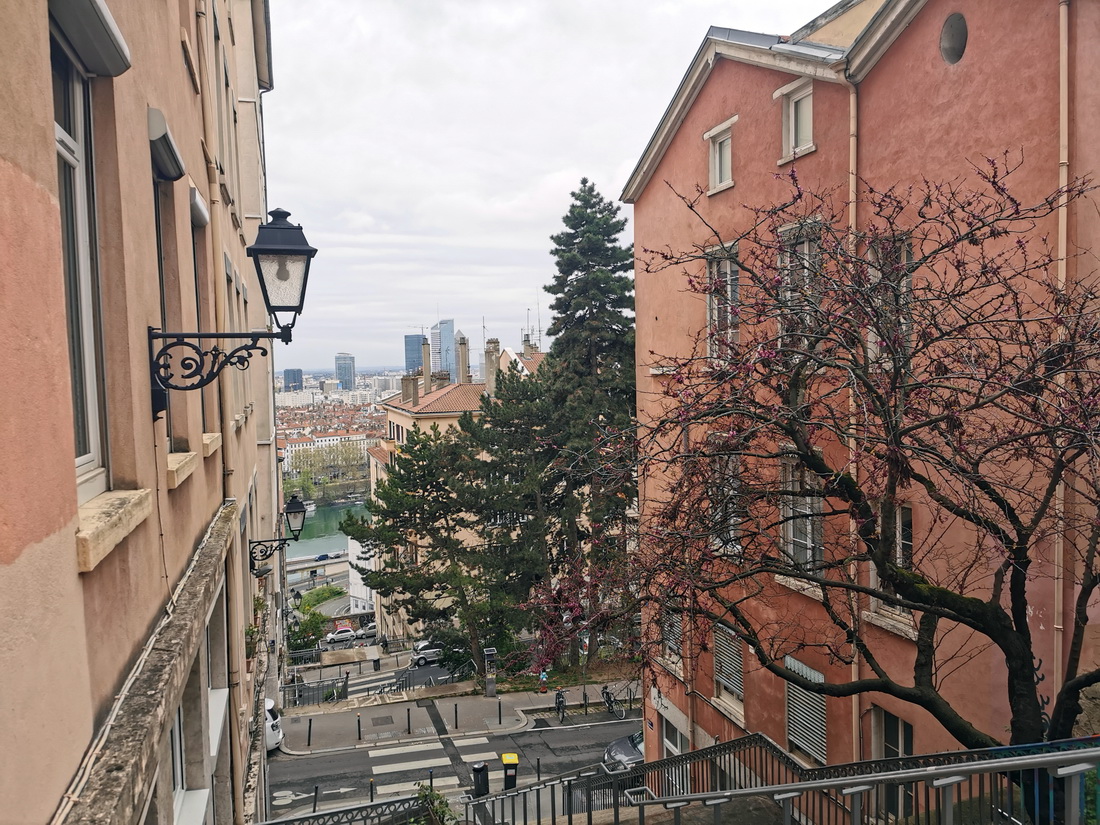
Lyon’s contrasts unfold in layers — pastel hillsides, hidden staircases, and modern towers on the horizon.
Lyon is made for wandering — most of its highlights are within walking distance.
Roughly 10% of the city is UNESCO-listed, but there’s much more: over 20 museums, hundreds of murals, hilltop views, riverside parks, and quiet corners that sneak up on you.
Here are the places that stayed with me.
Vieux Lyon | Boat Tours | Silk Workshops |Fourvière Basilica | Murals | Cinema & Miniatures | Île Barbe | Roman Theatre | Confluences Museum | Croix-Rousse Market | Tête d’Or Park | Car Museum
1. Vieux Lyon
The Old Town of Lyon, known as Vieux Lyon, is one of the largest Renaissance quarters in Europe — and it shows. Most of it was built between the 15th and 17th centuries, when Lyon thrived as a centre of silk and banking. You’ll see pastel façades, stone-framed windows, and inner courtyards hidden behind heavy doors.
Wandering here means ducking into shady traboules, eyeing Gothic details on the cathedral, and trying to decide which café terrace looks most inviting (spoiler: they all do).
The main artery is Rue Saint-Jean — lively, shop-lined, and full of sweet smells — but some of the best corners are just a turn away.
What I’d come back for:
- Cathédrale Saint-Jean-Baptiste: A 12th-century Gothic landmark with a 9-metre astronomical clock inside. First mentioned in 1383, it still strikes on the hour and shows the date, moon phases, and positions of planets and stars.
- Traboules: Hidden passageways cutting through buildings and courtyards. Once used by silk merchants, now by curious visitors. Around 200 exist, but not all are open — here’s where to find the ones you can enter.
- Bouchons: Cosy Lyonnais restaurants where you can try quenelles, coq au vin (chicken stewed in wine), and the sweet green Coussin de Lyon — chocolate and marzipan shaped like a pillow.
🚶 Visiting Tips
Wear decent shoes: the streets here are charming, but they’re murder on ankles. For a quieter experience, go on a weekday morning. And while Vieux Lyon has plenty of great food, some of my best meals were just across the river.
There’s also a funicular here that climbs to Fourvière Hill, where the Basilica of Notre-Dame de Fourvière and Lyon’s best views await (I’ll get to those in a bit).
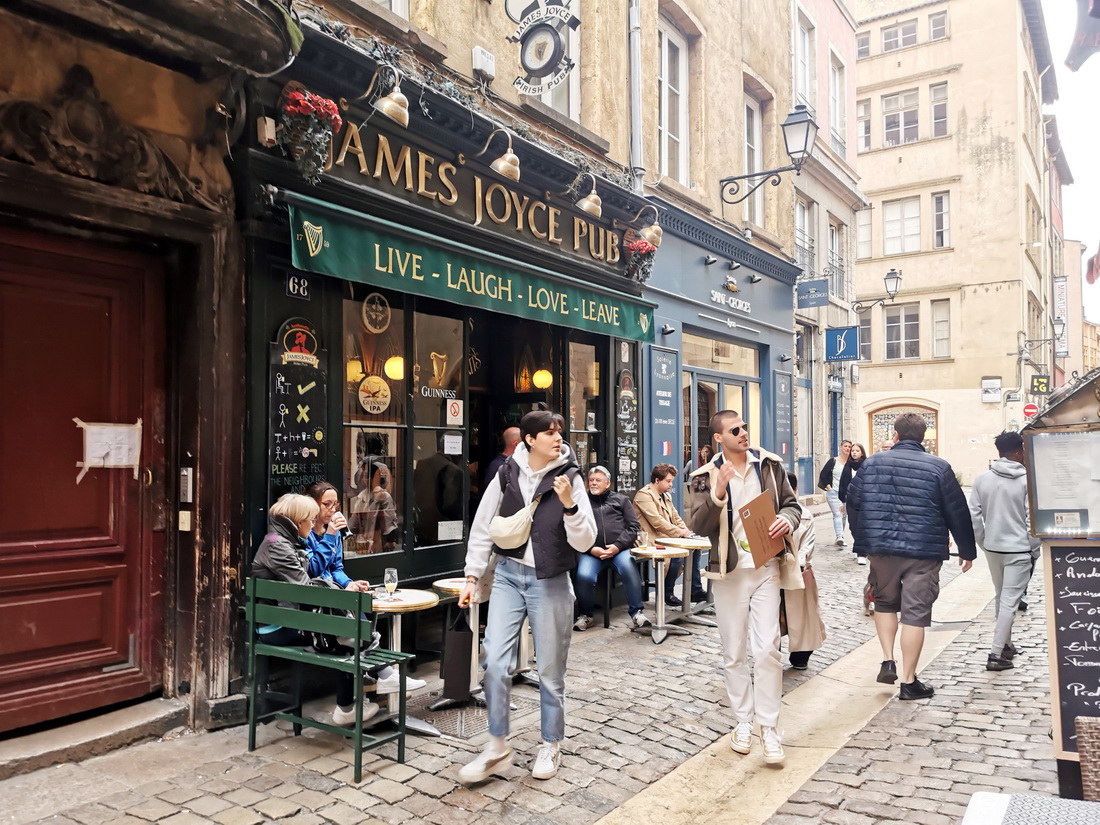
This district is packed with cafés, bouchons, patisseries, and silk shops — all within a few cobbled streets.
2. Boat Tours in Lyon
Seeing Lyon from the water is both relaxing and revealing. A river cruise takes you past the Old Town, the Presqu’île, and into the futuristic Confluence district — a contrast of Renaissance façades and bold modern architecture.
I went with Les Bateaux Lyonnais, which departs from 2 Quai des Célestins, right in the city centre. Boats hold around 100–150 passengers. Even in April, I waited 20 minutes for a ticket — it was a sunny Sunday, so consider booking ahead in high season.
Most tours last an hour, with live or recorded commentary in both French and English. You’ll glide past landmarks old and new, including:
- The green Euronews building — nicknamed the pencil sharpener for its angular look.
- The Orange Cube — known locally as the cheese.
- La Sucrière — a former sugar warehouse turned contemporary art venue.
- The Basilica of Notre-Dame de Fourvière, seen from the river in all its hilltop glory.
🪑 Where to Sit on the Boat
The boat loops back, so there’s no bad side — but upper decks offer better views (and more wind). In warm weather, bring sunscreen and water. Toilets are available, but there was no bar on my boat.
If you’re up for something fancier, they also offer dinner cruises and longer themed trips. Check the schedule and book online here.
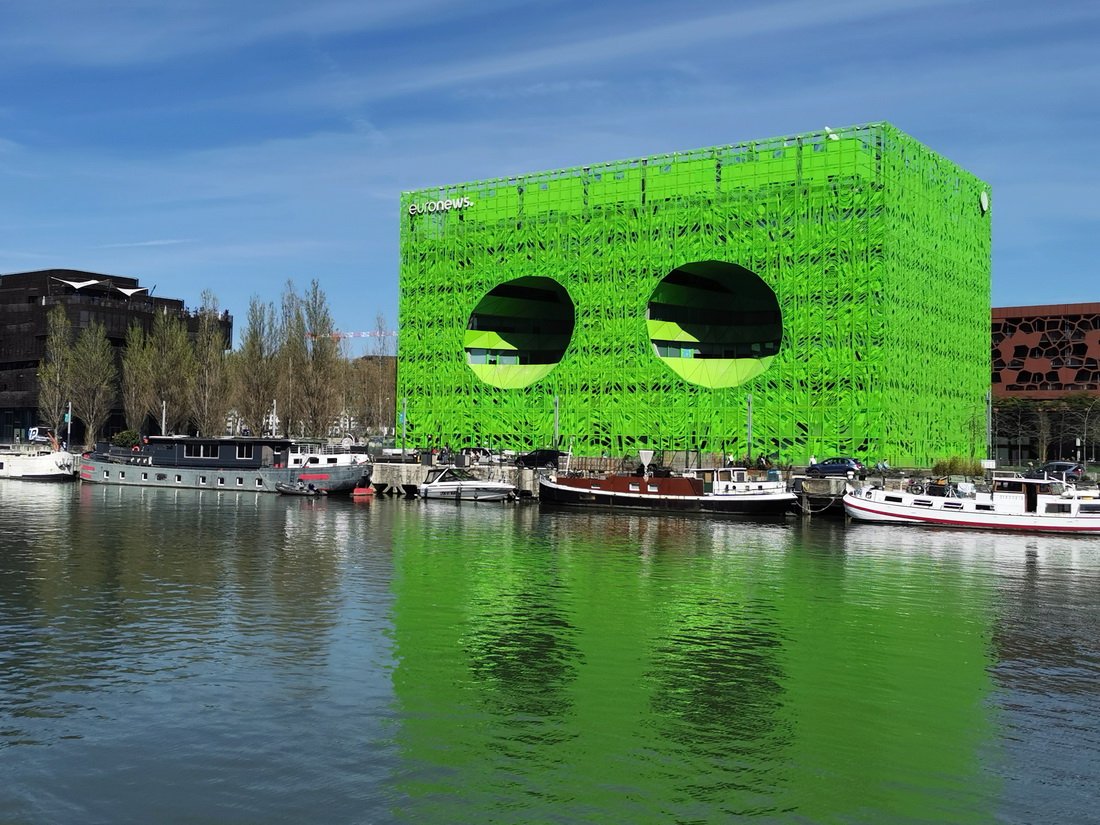
Locals nicknamed this green Euronews building ‘the pencil sharpener’ — just next to the Orange Cube.
3. Lyon Silk Workshops
Lyon’s silk history is too rich to skip — and the best way to experience it is by visiting two working workshop-museums: Maison des Canuts and Atelier de Soierie. Both are tucked into the Croix-Rousse district, just a 7-minute walk apart.
Each offers short guided tours twice a day. The tours are in French only, but even if you don’t speak the language, they’re worth it for the atmosphere and live demonstrations.
I didn’t need to book in advance — I simply arrived at the scheduled time and purchased my ticket on the spot. But in high season, it’s probably safer to reserve ahead.
🧵 Which One to Visit?
If you have time, visit both — their schedules are coordinated. But if you can only choose one, I’d go for Maison des Canuts.
Maison des Canuts
This museum tells the story of the canuts, the silk weavers who helped make Lyon famous. The guides demonstrate how 19th-century Jacquard looms worked — you’ll see the machines in action, clattering away as they weave.
The space is small (about 50 m²), but full of detail. You can even head upstairs to see how workshop owners once lived — there’s a tiny bedroom with a simple wooden bed, a few books and toys, and downstairs, a modest kitchen with a washstand and a plate of biscuits on the table.
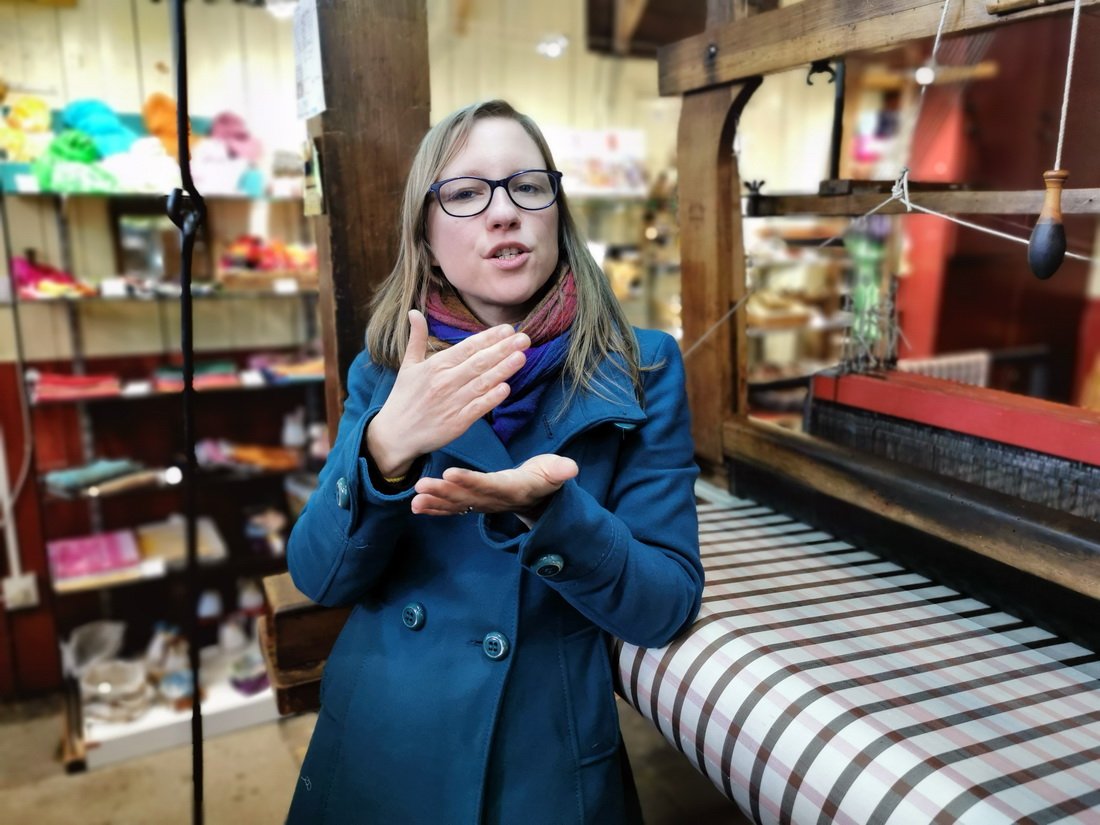
The guide at Maison des Canuts explains how 30,000 silk looms once filled Lyon’s workshops in the 19th century.
Atelier de Soierie
Just 500 metres away, Atelier de Soierie still produces hand-printed silk ribbons — the kind used by luxury houses like Hermès and Louis Vuitton.
The workshop preserves the feel of a 19th-century studio, with its original printing tables and tools. There’s also a small boutique with beautiful silk gifts. Prices are moderate — a hand-printed scarf starts at around €50.
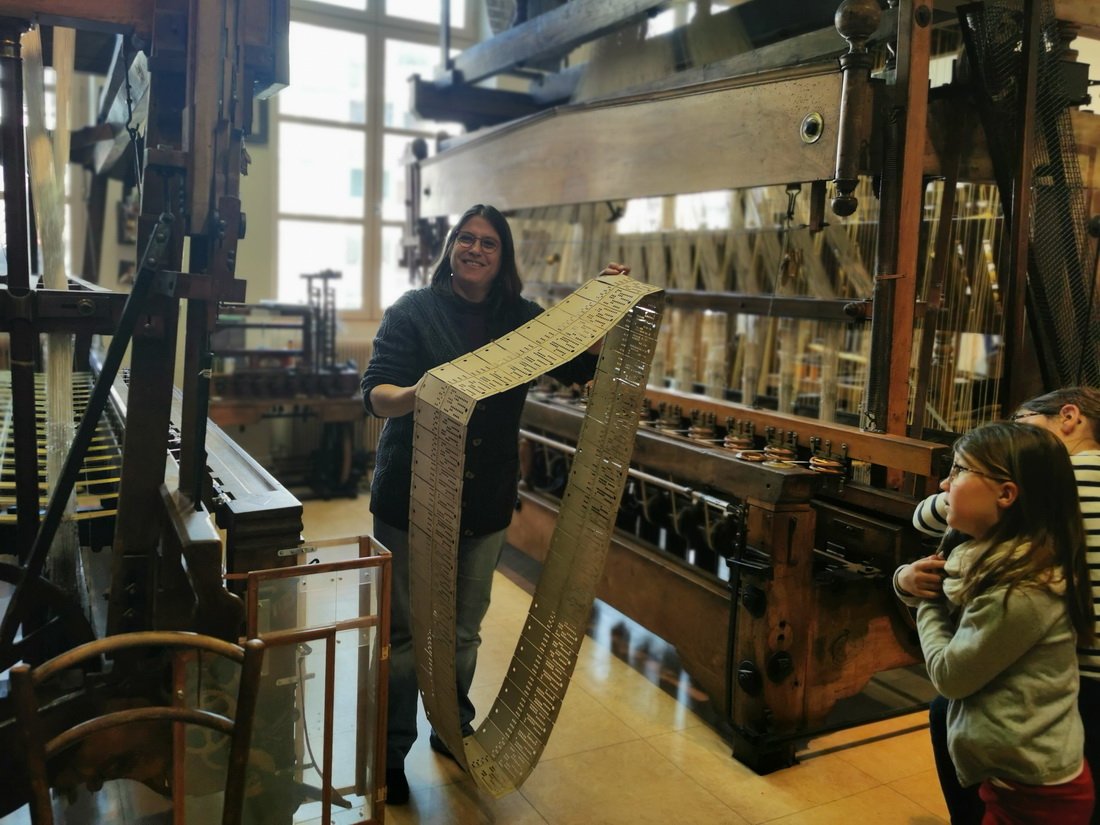
Perforated cards like this one guided the Jacquard loom — an early step toward computer programming.
4. The Basilica of Notre-Dame de Fourvière
Built in the 19th century, Notre-Dame de Fourvière dominates Lyon’s skyline. Locals jokingly call it the “upside-down elephant” — from some angles, its four corner towers really do resemble legs.
More than one Lyonnais insisted: “You have to go up. Trust me, the view will stay with you.” And they weren’t wrong.
You can only climb the basilica’s tower as part of a guided tour, and it’s well worth it. The route takes you past bells, statues, and mosaic-covered interiors before reaching the open-air terrace, where Lyon unfurls below you — rivers, rooftops, and all.
The tour lasts about 1.5 hours and is conducted in French. I booked in advance on the basilica’s website (look for Visite insolite), a smart move in high season, though off-season you might still find a spot last minute. Don’t be late — the door is locked when the tour begins.
The climb (345 steps) isn’t too hard, and there are pauses along the way. Just note: in high winds or rain, the upper platform might be closed.
Even without the tower tour, the basilica itself is stunning. The lower church is quiet and modest, while the upper church is gloriously ornate — and free to enter.
🚶 How to Get There
Most people take the funicular from Vieux Lyon, but it’s also walkable. On the way down, take the path through the terraced Jardin du Rosaire — shady, peaceful, and postcard-pretty.
And if you’re not afraid of a little emotional overload, the Roman theatre is just next door — more on that in a moment.
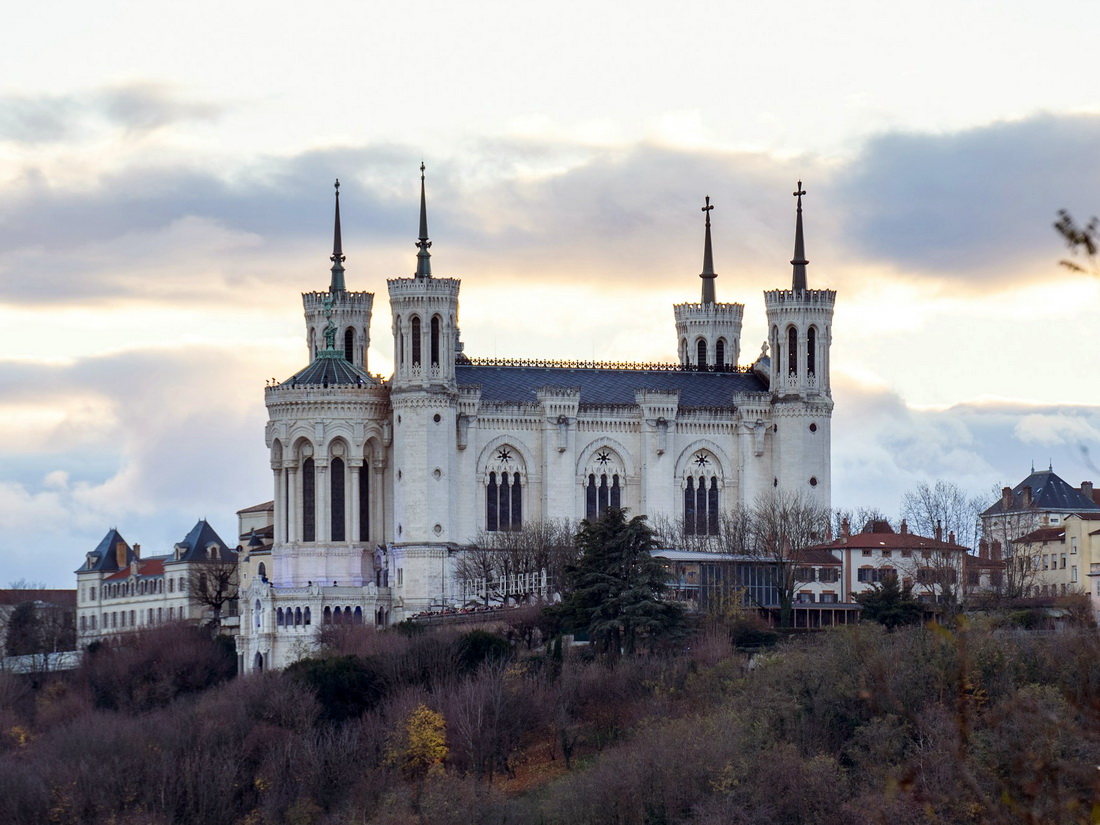
Some say Fourvière looks like an upside-down elephant; others say a stool. Either way, it towers above the city.
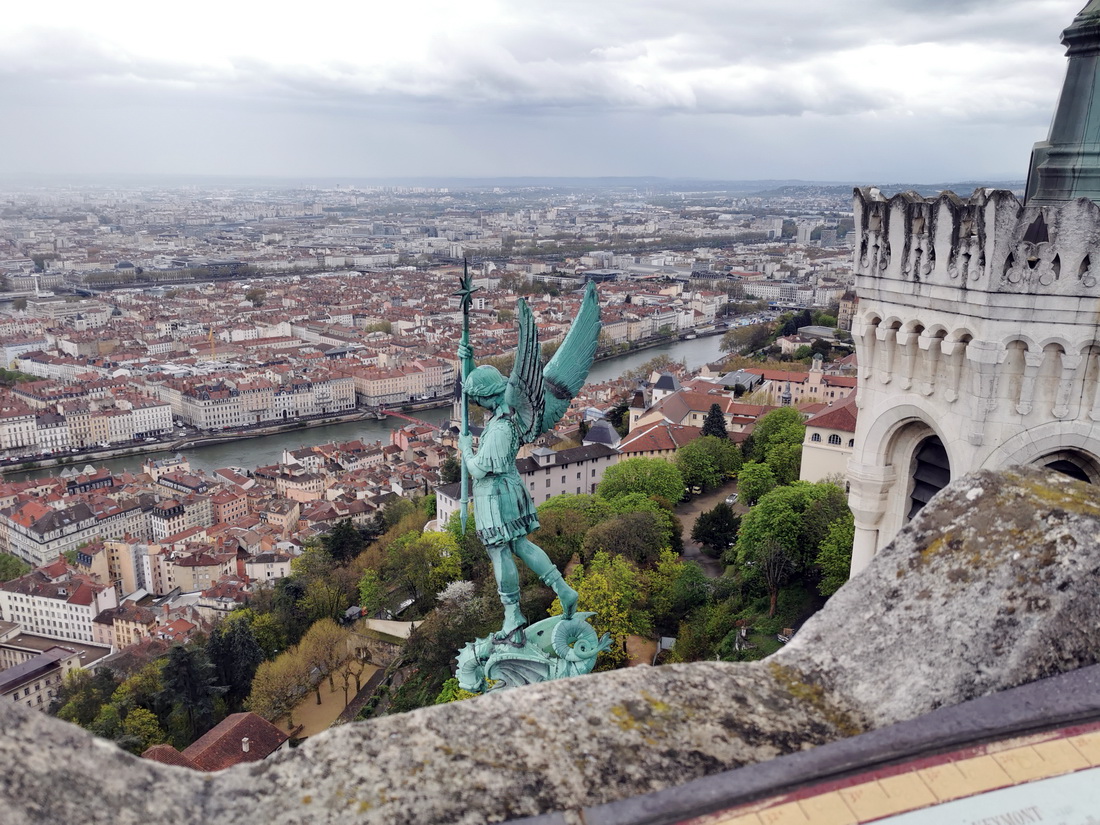
The open-air platform gives you about 15 minutes — and a sweeping view of Lyon’s rooftops and rivers.
5. Lyon’s Murals
Lyon’s murals are astonishing — many stretch across entire façades, five or six storeys high. At first glance, you might think you’re seeing real people on balconies, peeking through windows, or climbing stairs. But it’s all paint.
There are around 100 murals across the city, most of them created by CitéCréation — a local artists’ collective that began transforming Lyon’s walls in the 1980s. They work in trompe-l’œil style, a technique that tricks the eye into seeing depth and dimension where there is none.
🗺️ Where to Find Them
Tourist info points offer maps showing the most famous murals, or you can join a themed walking tour — some focus entirely on trompe-l’œil art. I saw about 15 during my stay.
Three Murals You Shouldn’t Miss
Mur des Canuts: A huge tribute to the silk workers of Croix-Rousse, packed with life and detail. The mural shows the neighbourhood changing through the seasons and years. You’ll find it at the corner of Boulevard des Canuts and Rue Denfert Rochereau.
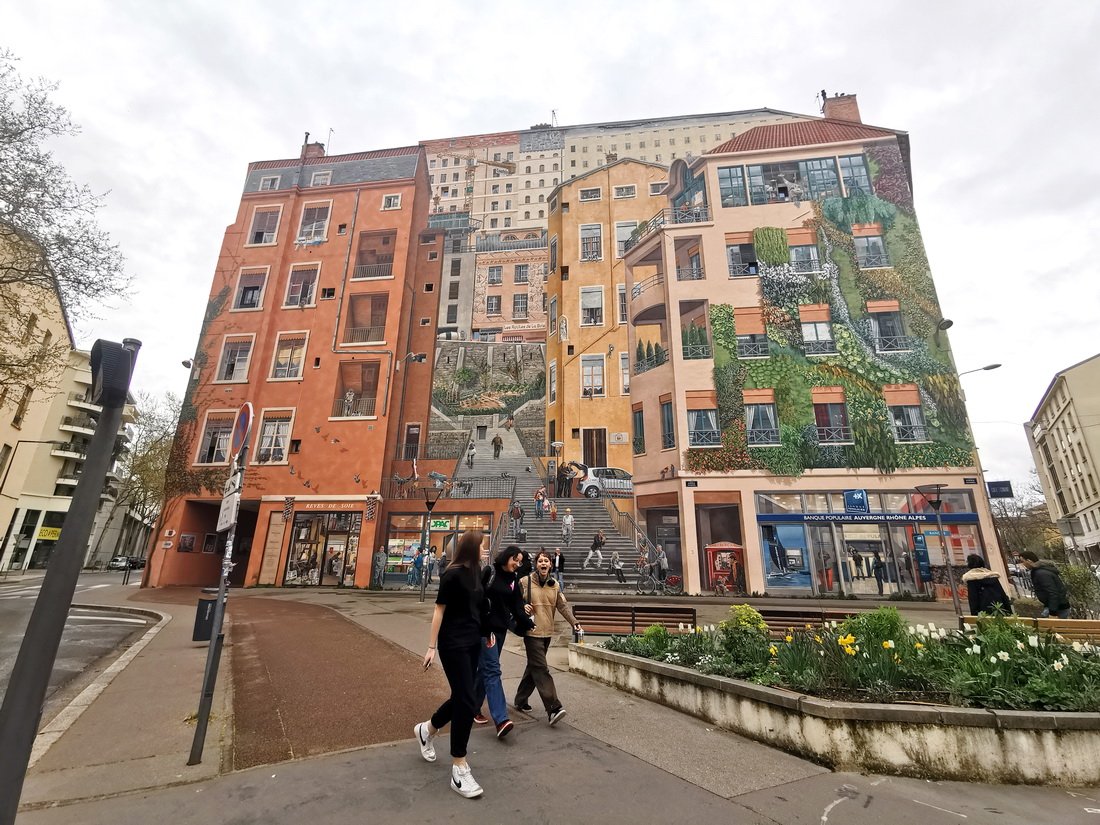
Mur des Canuts: One of the largest murals in the world — 1,200 m² of everyday life in Croix-Rousse, painted between 1987 and 2013.
Fresque des Lyonnais: This riverside mural features 30 famous Lyonnais — from Antoine de Saint-Exupéry and the Lumière brothers to chef Paul Bocuse. It’s located at 2 Rue de la Martinière, along the Saône.
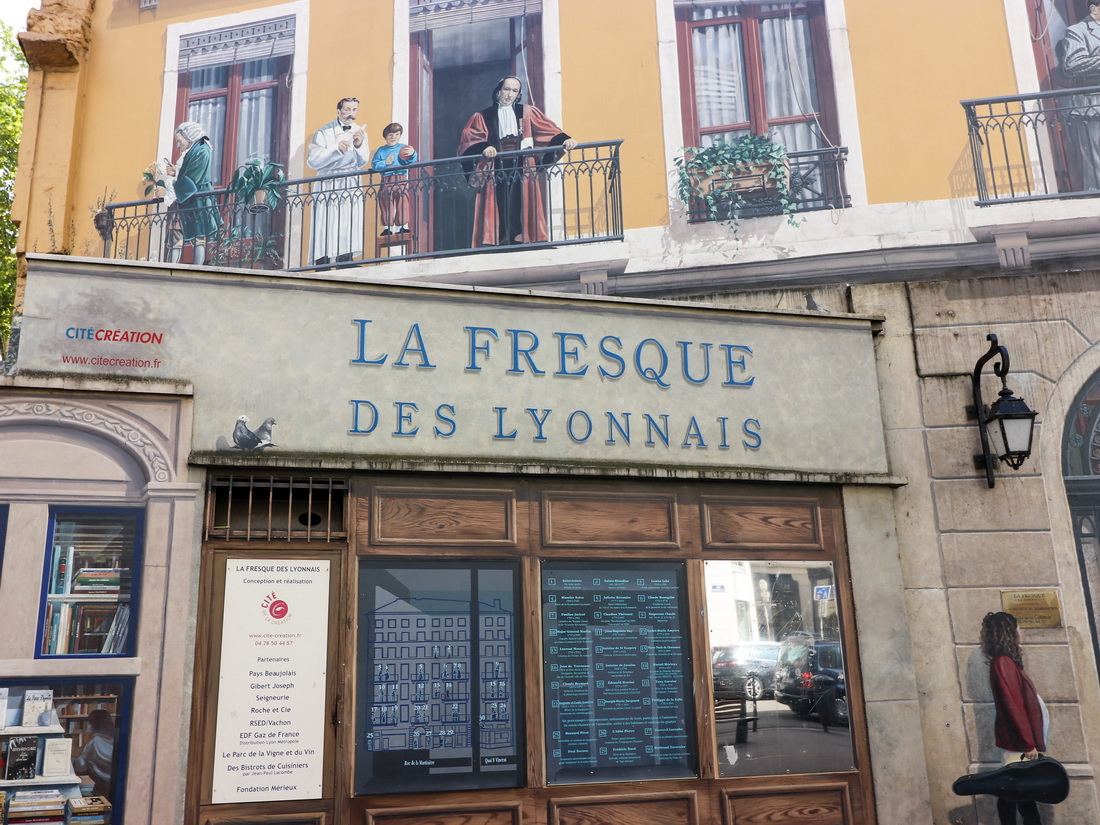
Fresque des Lyonnais: 800 m² of painted balconies, staircases, and 30 Lyon legends — all hiding in plain sight.
La Bibliothèque de la Cité: A building turned into a giant bookshelf. The spines show books by Lyonnais writers and world-famous classics. It’s at 6 Rue de la Platière.
6. Museum of Cinema and Miniatures
This curious Musée Miniature et Cinéma in the heart of Vieux Lyon combines two worlds under one roof: movie magic and miniature art. It’s been here since 2005 and covers several floors — easy to spend a couple of hours here without noticing the time.
⏳ Entry Tip
You’ll usually breeze in, but on weekends and holidays, expect a short queue. No booking needed — just show up.
The Cinema Section
The cinema part is packed with original props, costumes, and models from films you’ve definitely seen — Jurassic Park, Harry Potter, Alien, and many more. There’s something surreal about standing face to face with a dinosaur — or spotting the real Hogwarts robe behind glass, less than a metre away.
What really stopped me in my tracks was the recreated cellar and workshop from Perfume. Grenouille’s figure is eerily lifelike, and the shelves are lined with 1,300 tiny bottles. It took 12 people six months to build this set. No wonder film budgets explode.
Most of the objects here come straight from studios or auctions. Prices aren’t made public, but we’re talking six figures — in euros.
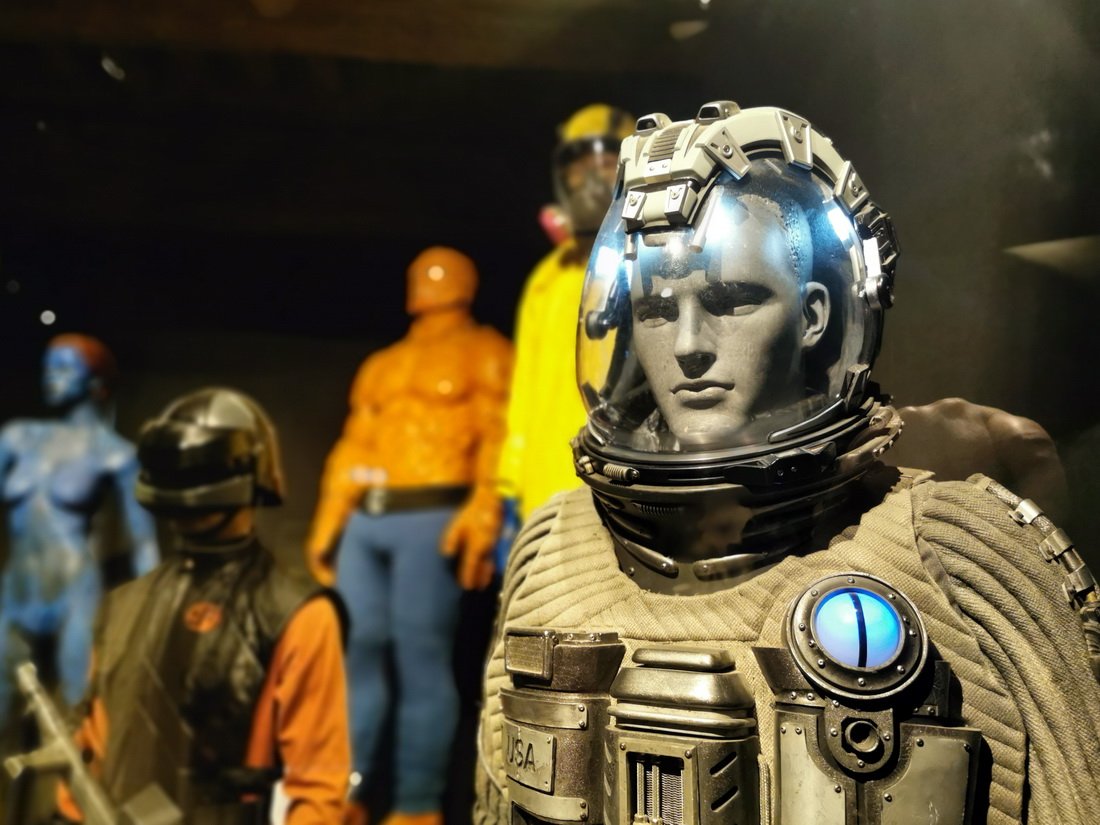
Aliens, astronauts, and superhumans — the museum’s costume collection spans decades of cinematic imagination.
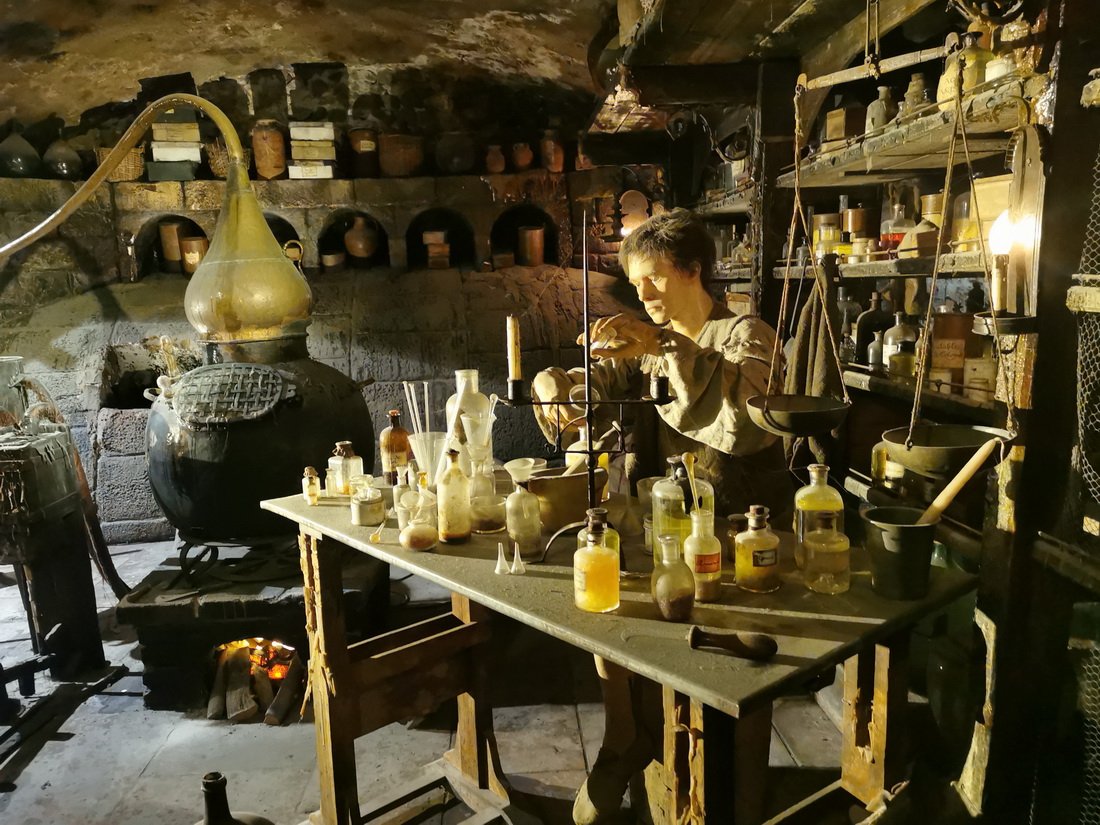
The eerie workshop from Perfume is a showstopper: dim light, lifelike Grenouille, and 1,300 tiny bottles.
The Miniature Section
Head to the top floor for something completely different: tiny, perfectly crafted worlds no bigger than a laptop screen. There are around 100 of these scenes — furnished rooms, shop interiors, stairwells, street corners — all built to exacting scale using wood, fabric, paper, even dust.
My favourite? A dim alley with a motorbike, done in flawless 1:12 scale. I had to check my photos twice — it looked like I’d photographed a real city street.
These pieces were created by Dan Ohlmann, a former cabinetmaker and interior designer. His attention to detail is absurd in the best way — you’ll leave seeing ordinary objects a little differently.
7. Île Barbe
Just 5 kilometres from central Lyon, Île Barbe floats in the middle of the Saône like a quiet time capsule. Its name comes from the Latin Insula Barbara — “Barbarian Island” — and its roots go deep: first settled in Roman times, later home to a Benedictine abbey founded in the 5th century.
Much of the island is now private and gated, but what’s open to the public is charming enough — a weathered church, mossy stone walls, riverside benches, and the kind of hush you rarely get this close to a city. I wasn’t planning to stop here (spotted it on the way to the Automobile Museum), but on the way back, I hopped off the bus and stayed for an hour and a half, just wandering.
🚌 How to Get There
It’s an easy 15–20 minute bus ride from central Lyon. Try to come on a weekday — weekends can bring picnics, families, and a lot more noise to this otherwise sleepy spot.
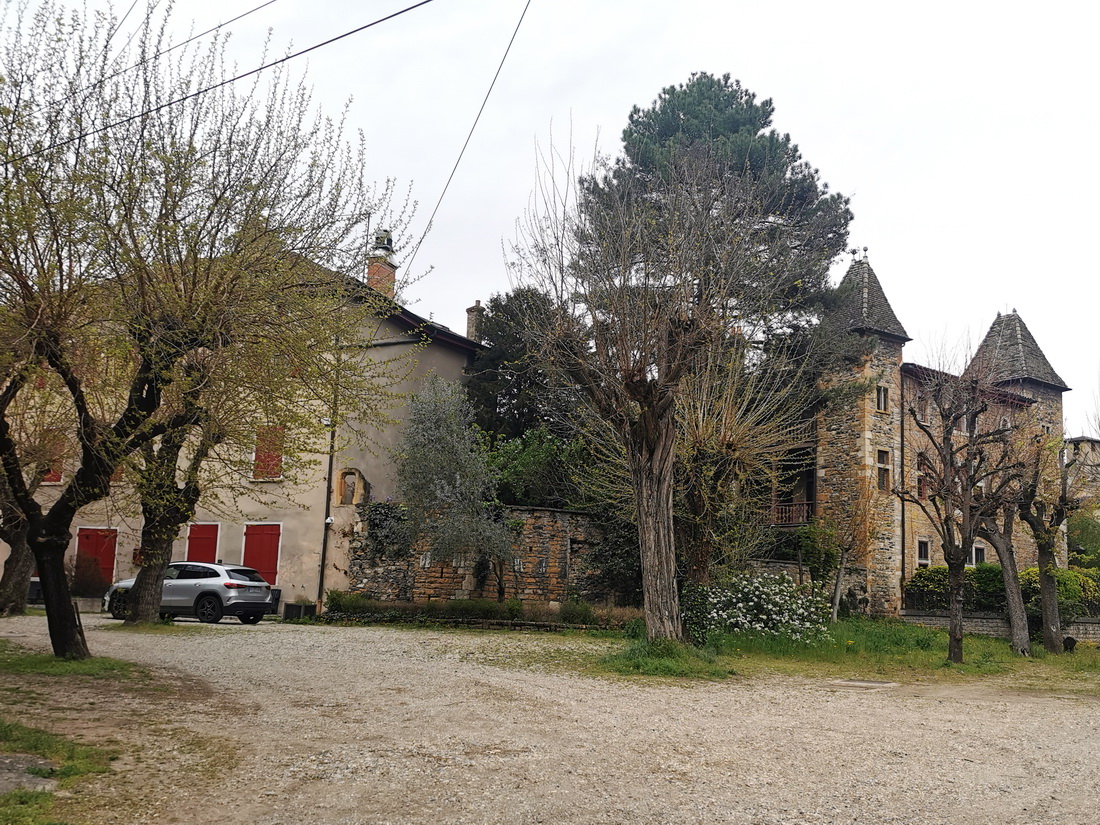
What you’ll see beyond the bridge: quiet paths, old stone, and a clear sign where public space ends.
8. Roman Theatre and Museum
The Théâtre Gallo-Romain, tucked into the slope of Fourvière Hill, is one of Lyon’s most atmospheric sights — especially on a sunny day.
This was the heart of Roman Lugdunum, once the capital of Roman Gaul. The main theatre dates back over 2,000 years and could hold up to 10,000 spectators. Next to it is the Odeon, a smaller venue once used for music and readings. Both are now part of Lyon’s UNESCO World Heritage site.
You can explore the whole site for free — climb the stone steps, sit where Roman crowds once did, and enjoy views over the rooftops of Lyon. Events still take place here, but even on a quiet afternoon, it’s a beautiful place to wander. There are also clean public toilets on site (a rare bonus in ancient ruins).
Right next door is the Musée Gallo-Romain (about €7). It’s built into the hillside and takes you on a spiral path down through Lyon’s ancient past — mosaics, statues, inscriptions, even Roman plumbing. Most signs are in French, but a translation app will get you far enough.
🚌 How to Get There
I walked up from Vieux Lyon — a bit steep, but scenic. The funicular is quicker (Fourvière stop). After visiting the theatre, the basilica is just 400 metres away — and Jardin du Rosaire makes a peaceful way down.
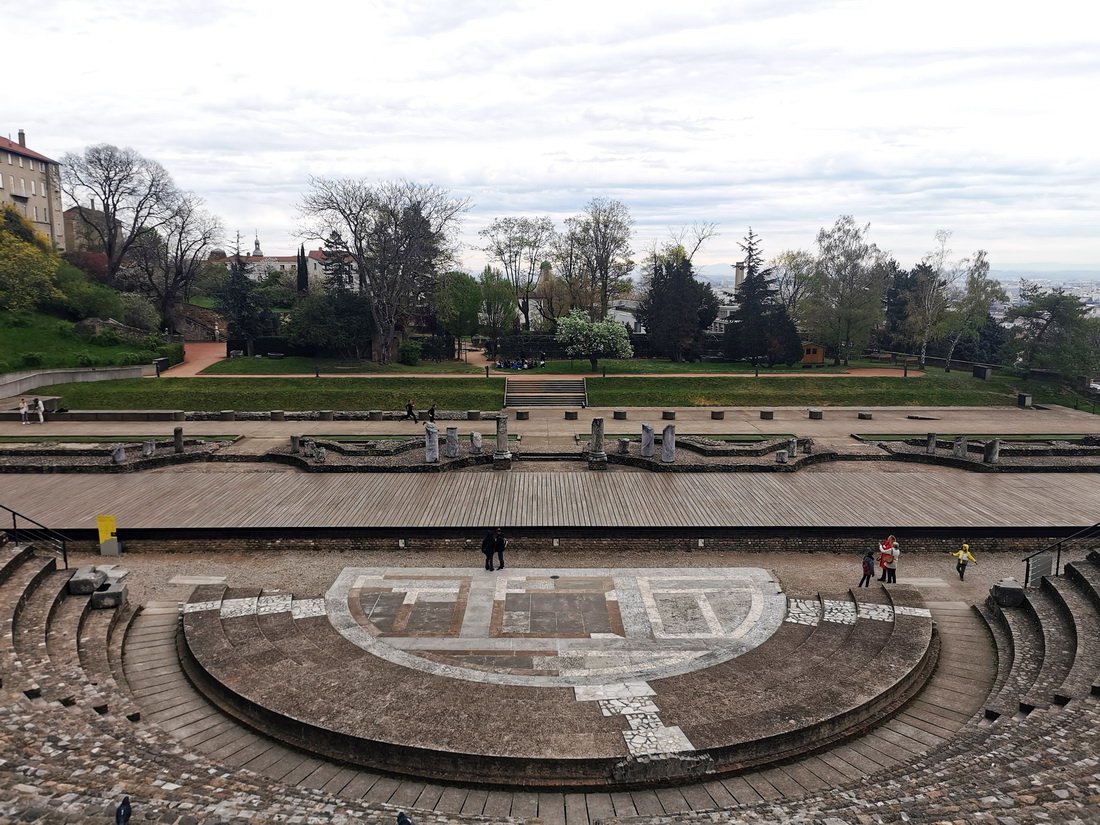
Even on a cloudy day, you can feel how these ancient stones trap the heat — come summer, it gets blazing.
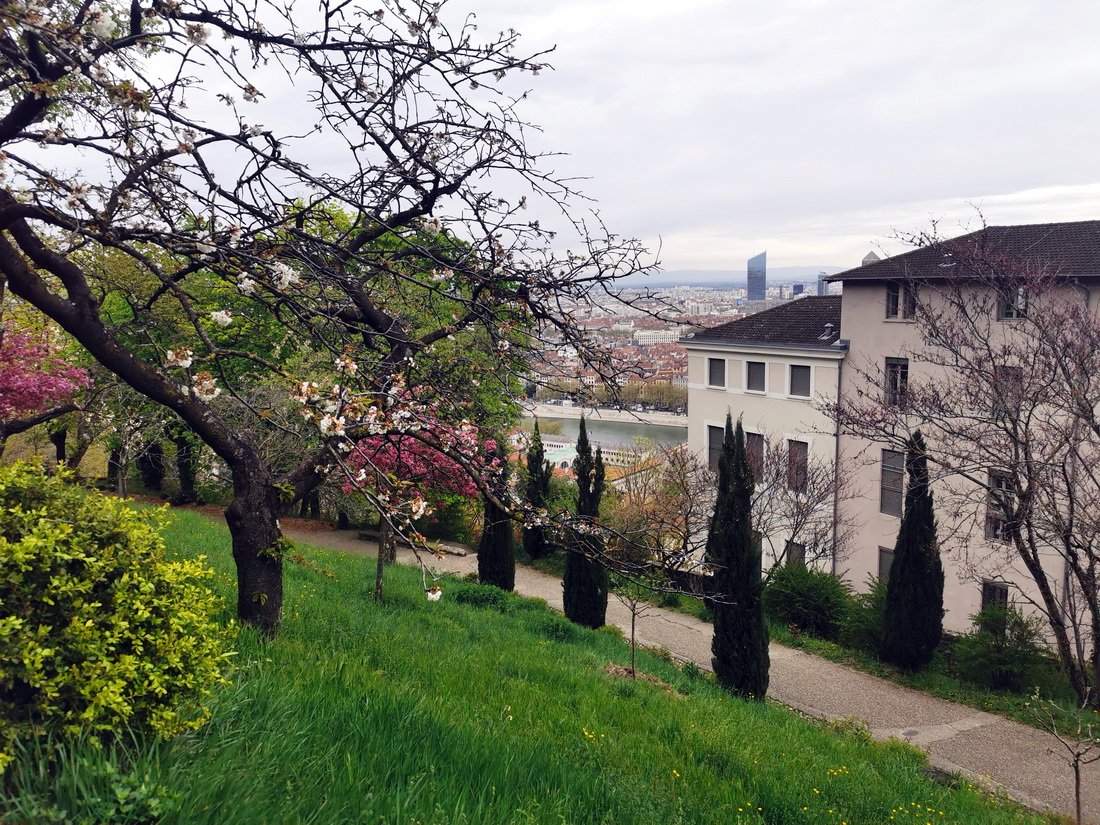
From the theatre, the Parc des Hauteurs path leads you to sweeping views of Lyon and the Fourvière Basilica.
9. The Musée des Confluences
Opened in 2014, the Musée des Confluences is Lyon’s boldest museum — in both form and content. It sits dramatically at the tip of the Presqu’île, right where the Rhône and Saône rivers meet. The building is all glass, metal and geometry — one of those places that makes you stop and think, “Wait, what is that?”
Inside, the focus is on natural history, anthropology and culture, spread across 3,000 m². Themes range from the origins of life to death rituals and the diversity of human societies.
A few exhibits really stuck with me. The Noh theatre collection, with its delicate Japanese costumes and masks, is hauntingly beautiful. Then there’s the Choulans mammoth — only a third of the bones are original, but the reconstruction is so good you won’t care. (Frankly, what mammoth wouldn’t need a little papier-mâché after 120,000 years?)
And the Arctic section? Totally unexpected. Birch-bark shoes from Finnish Lapland, on display in subtropical Lyon — now that’s contrast.
You’ll want at least 2–3 hours here to see it all. Fossils, meteorites, ancient Egyptian artefacts, shells, stuffed birds, space satellites — it’s a fascinating jumble. Don’t miss the rooftop terrace — it offers sweeping views of the confluence and the city’s southern edge.
🚌 How to Get There
This is the most visited museum in Lyon, and getting here is easy: hop on a tram or bus from the centre and you’ll be there in 15–20 minutes.
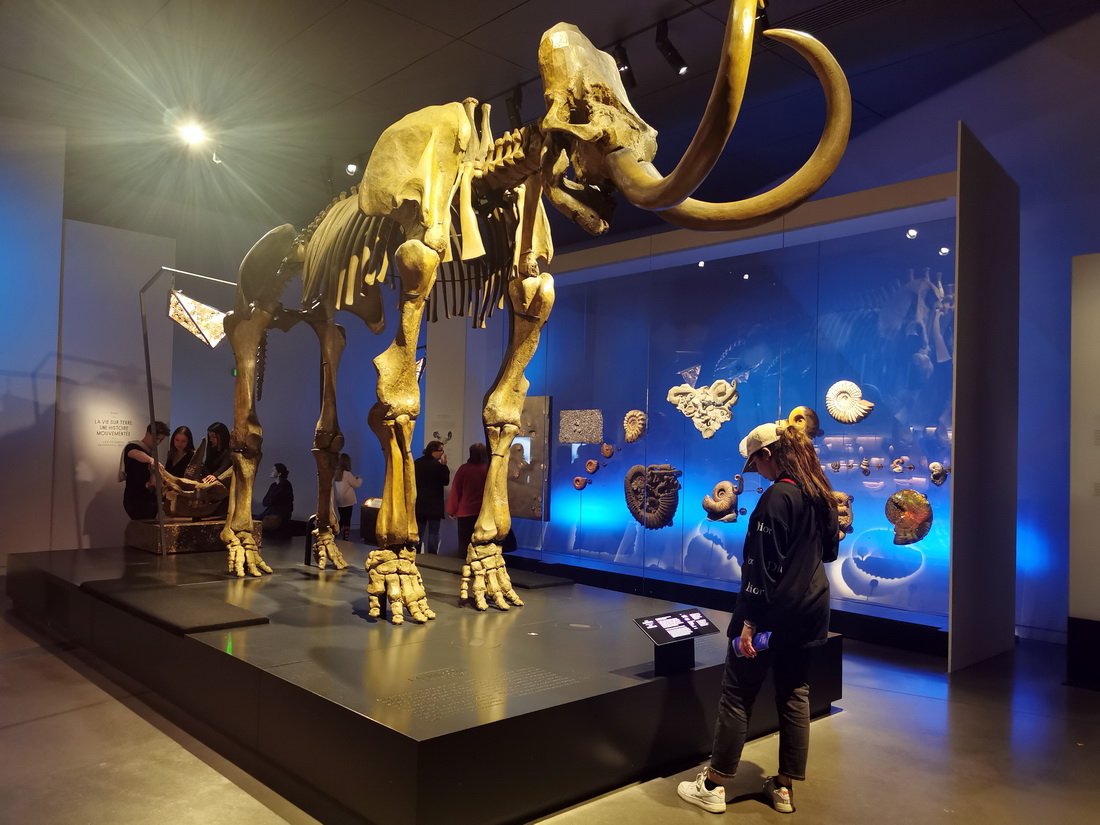
Choulans mammoth: This part-original, part-reconstructed mammoth greets visitors with quiet grandeur — and a papier-mâché leg or two.
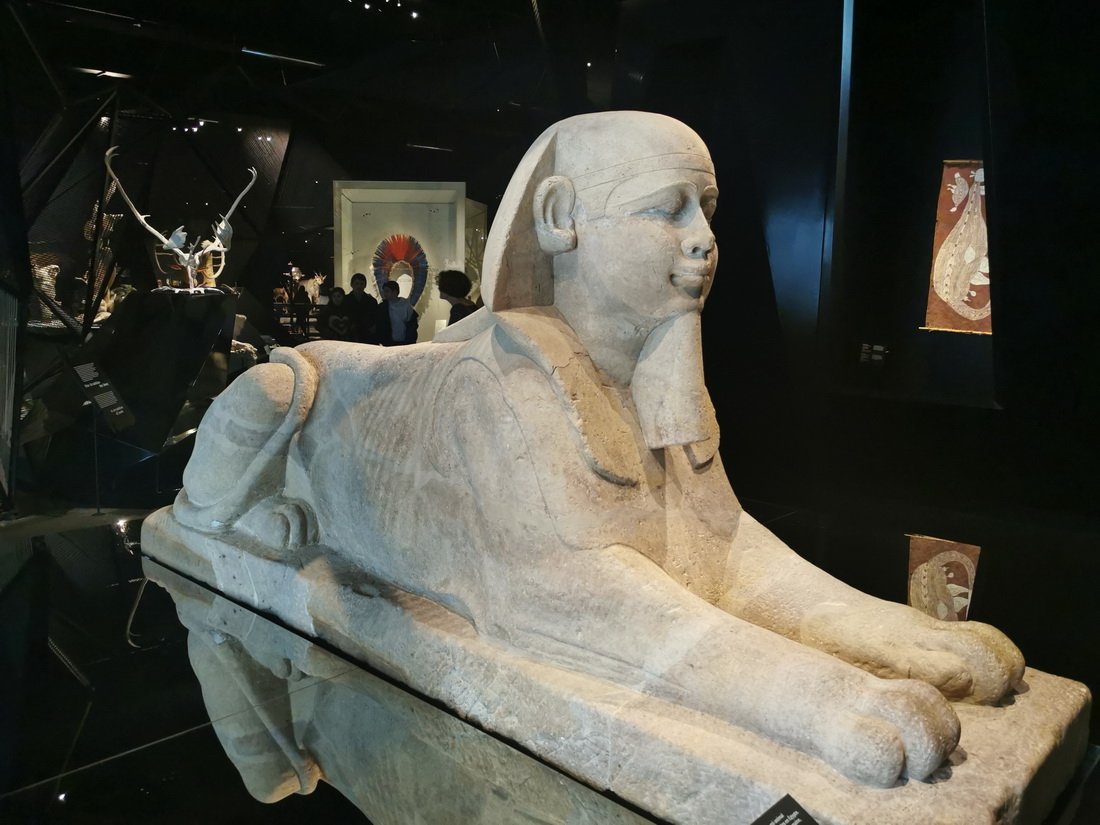
The Egyptian collection: Statuettes, sarcophagi, and symbols of the afterlife — all laid out in a softly lit, timeless space.
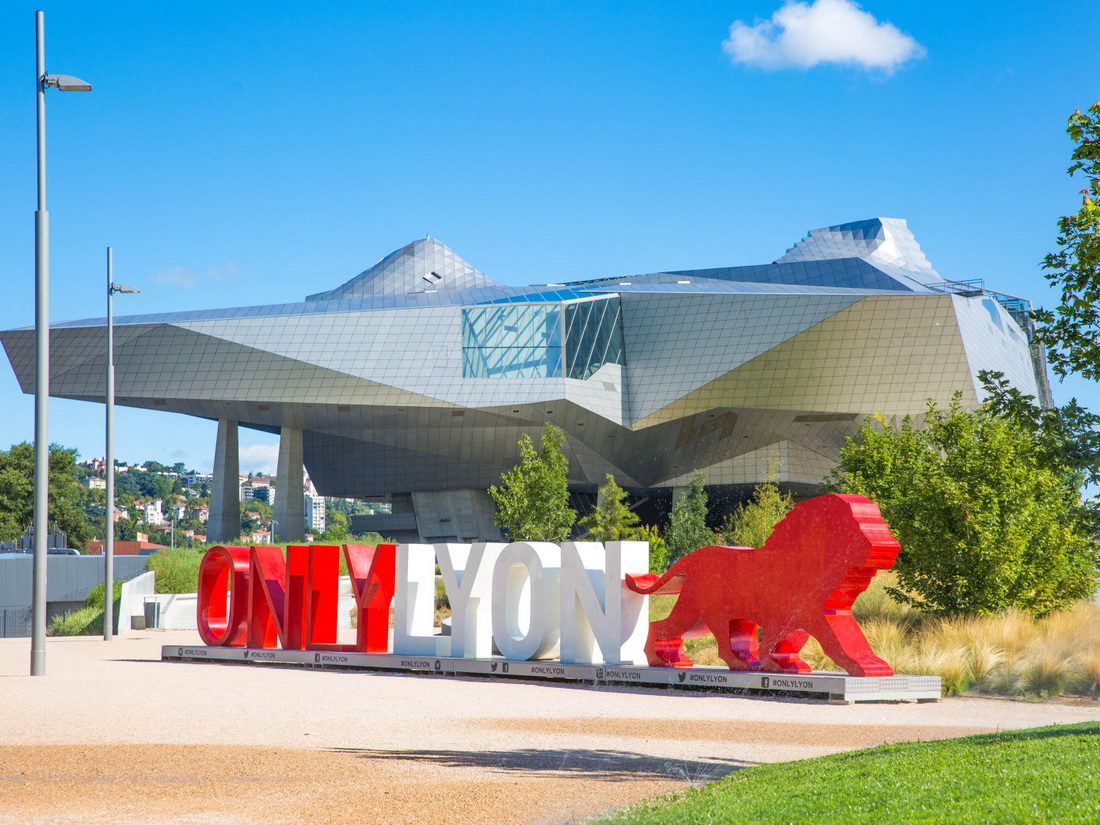
The Musée des Confluences: Designed as a ‘crystal cloud’, the building mirrors the rivers’ meeting point with its bold lines and futuristic shimmer. © musée des Confluences – Laurent Vella
10. Market Marché de la Croix-Rousse
If you want a taste of real Lyon life — quite literally — head to the Marché de la Croix-Rousse. Set in the old silk-weaving district, this lively open-air market is where locals do their weekly shop, and it’s easily one of the most vibrant, unscripted corners of the city.
There are between 100 and 150 stalls, depending on the day (Sunday is the big one). You’ll find fresh fruit and veg, local cheeses, meats, fish, honey, bread, pastries — plus flowers, clothes, and the occasional handmade craft. Prices are reasonable: cheeses €14–25/kg, asparagus around €12/kg, honey €13.50/kg.
The market runs Tuesday to Sunday, from 06:00 to around 13:00. It shifts and reshuffles daily — no two mornings are quite the same.
Vendors are friendly, even if you don’t speak French. Most are happy to gesture or explain what to do with that oddly shaped root or which cheese is best for raclette. Just bring cash — many stalls don’t take cards. And no, bargaining isn’t really done here.
🚌 How to Get There
You can reach the market via Metro Line C (Croix-Rousse stop is right there), but I walked from the Opera. It took about 30 minutes, with a bit of uphill — not too tough, and well worth it once you catch that first smell of ripe peaches or fresh flatbreads flipped by hand at a Moroccan stall.
11. Tête d’Or Park
Lyon’s Tête d’Or is more than just a park — it’s a full-fledged green kingdom. Opened in 1857 and still going strong, it’s one of the largest urban parks in France, with enough space, plants, and activities to keep you wandering for hours.
There’s something for everyone here: tree-lined paths, manicured flowerbeds, a small lake for paddle boating, a free zoo — and, for kids (or adults with a sense of humour), a mini-train.
My favourite part was the botanical garden. I went in April, when everything was just waking up. With more than 15,000 species, it’s one of Europe’s largest collections — and feels like it. The rose garden was just beginning to bloom, the alpine section was already full of quirky high-altitude plants, and inside the greenhouses I found succulents, cacti, and even Mediterranean trees. I happily lost two hours there.
And yes, I did a double take when I spotted a giraffe. The zoo is free and surprisingly pleasant — spacious enclosures, no ticket queue, and an atmosphere more park than institution. I’m not usually into zoos, but this one felt thoughtful.
As for the lake, it’s ideal for a quiet stroll or snack break. You can rent a boat or cycle around on one of those odd but fun quadricycles. My only complaint? Not enough toilets — and they’re not exactly easy to find.
🚌 How to Get There
The park is centrally located and easy to reach by bus, or even on foot if you’re staying near the Rhône. The best time to go? Spring, when the gardens burst into colour, or early autumn, when it’s still warm but blissfully quiet.
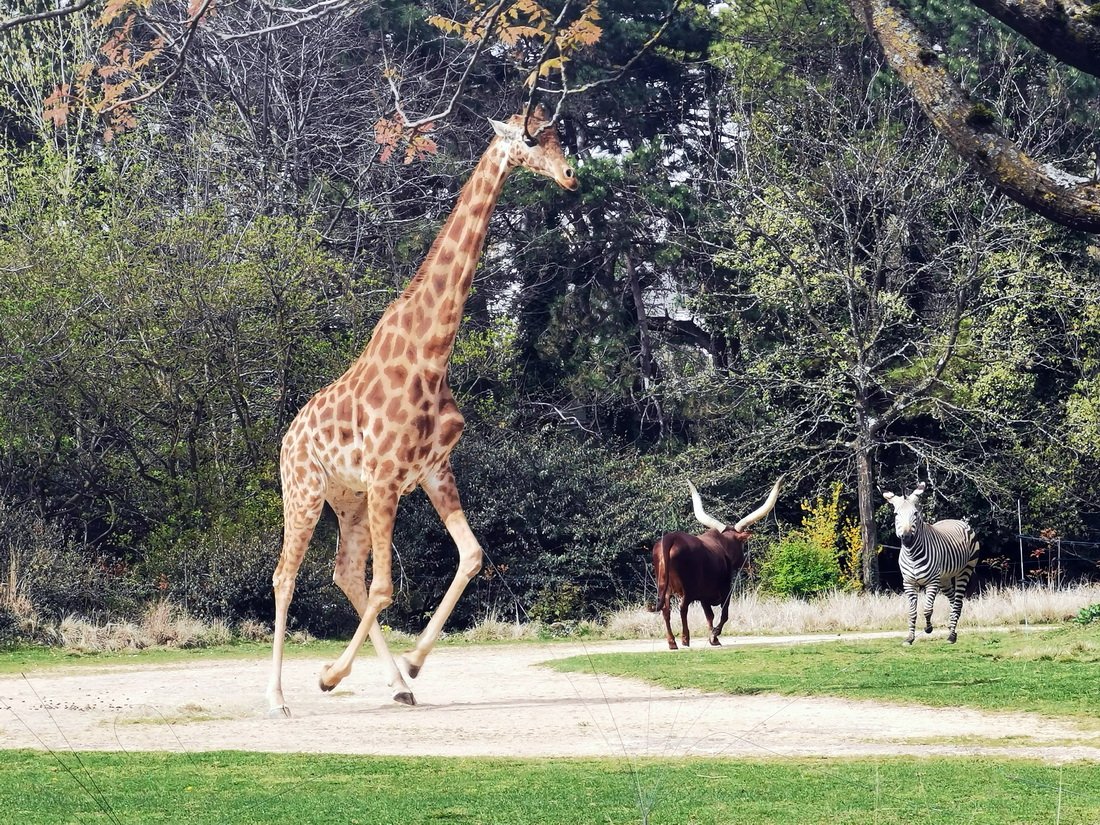
It’s not a big zoo, but the giraffe knows it’s the main attraction — and doesn’t mind the attention.
12. Automobile Museum Henri Malartre
If you’re into classic cars or transport history, the Musée Henri Malartre is a hidden gem just 11 km from Lyon. Tucked away in the quiet town of Rochetaillée-sur-Saône, it makes for a lovely half-day escape.
The museum houses over 150 vehicles — vintage cars, motorcycles, bicycles, even a few old trams — dating from the late 1800s to the 1950s. I found myself drifting from one beauty to the next: gleaming Rolls-Royces, elegant Bugattis, and rare De Dion-Bouton and Delahaye models, all lovingly restored.
The collection was started in 1960 by Henri Malartre, a passionate collector who wanted to preserve automotive heritage. Beyond the cars, you’ll see vintage posters, spare parts, and a few curiosities (yes, that is a wooden bicycle). The museum lives inside the Château de Rochetaillée — a stately old building surrounded by trees, which adds a bit of cinematic flair.
🚌 How to Get There
Getting there from Lyon is easy: it’s about 30 minutes by bus. And if you have time, stop at Île Barbe (see № 7) along the way — I did both in one day and didn’t regret a minute.
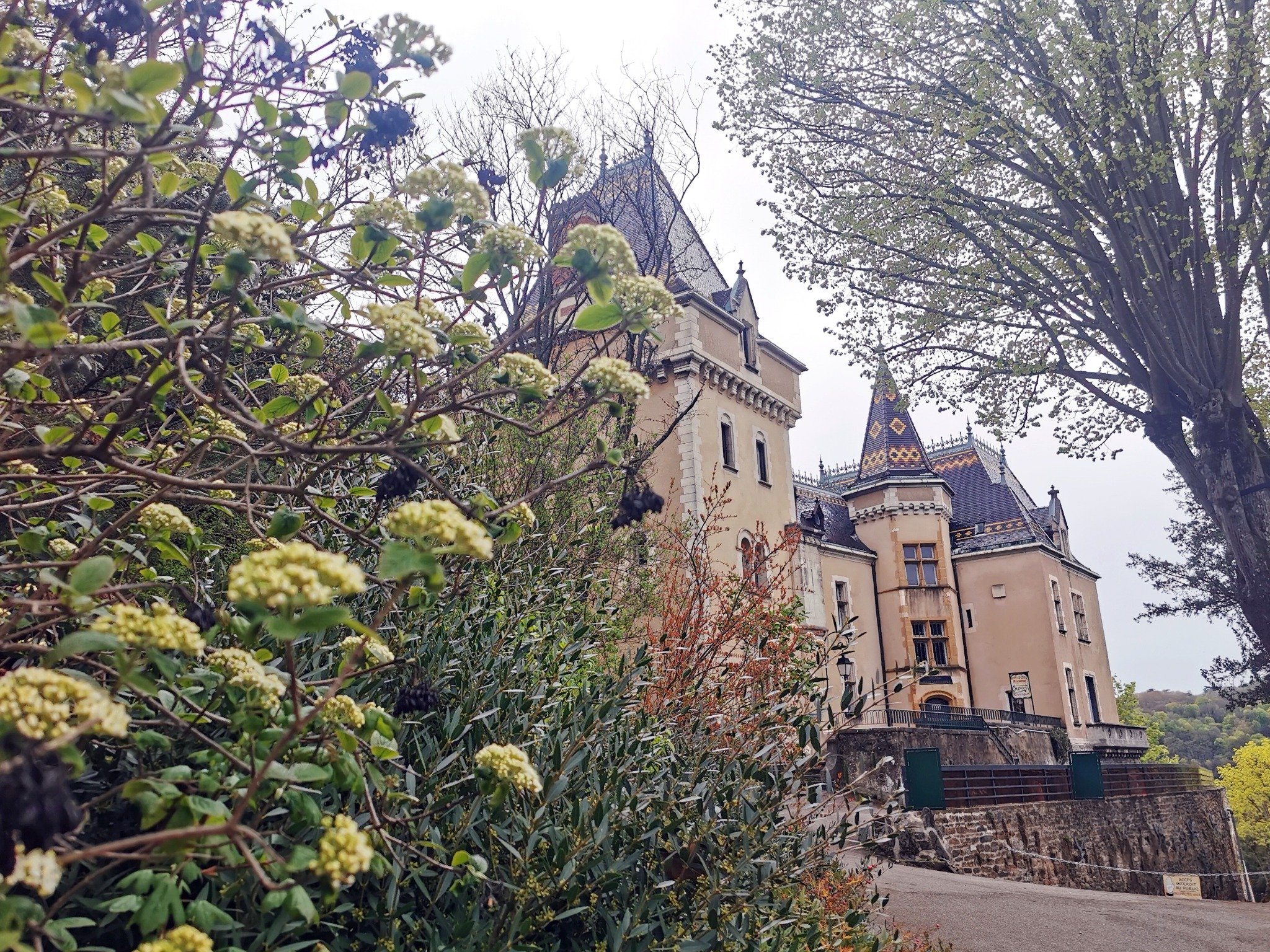
The museum is housed in the Château de Rochetaillée — a manor that feels straight out of a period film.
Where to Find the Best Viewpoints in Lyon
Lyon is a city of hills, and it makes the most of them. Whether you’re chasing rooftops, river curves, or the perfect sunset, these five viewpoints are well worth the effort.
All are walkable from the city centre, though some require a bit of uphill. To save your legs, hop on the funicular from Vieux Lyon — it’ll get you to Fourvière and Saint-Just in minutes.
Esplanade de Fourvière
This is the classic viewpoint — and deservedly so. From here, you get the full sweep of Lyon: both rivers, the Presqu’île, and, on a clear day, even the Alps on the horizon. It’s busiest at sunset, when everyone gathers for the glow. For an even more dramatic panorama, book a rooftop tour — you’ll find all the details in the Fourvière Basilica section. Worth every step.
Parc des Hauteurs
Just behind Fourvière, this long park stretches along the hillside with views peeking through the trees and over hidden rooftops. It’s quieter than the main esplanade, great for a slow walk or a peaceful break with a city-wide backdrop. You’ll spot the odd sculpture or footbridge along the way.
Jardin des Curiosités
Now here’s a secret worth sharing. This tiny, oddball park sits tucked away in the Saint-Just district, with metal chairs bolted into the ground at strange angles — a public art installation by Michel Goulet. It looks out over the Saône and Presqu’île, and best of all, barely anyone’s there.
Montée de la Grande-Côte
This historic stair-stepped street in Croix-Rousse climbs past colourful facades and street art, with lovely views at every pause (and you’ll want to pause). It’s popular with photographers, dog walkers, and people carrying far too many baguettes uphill. Just mind the cobblestones — some are slick, especially after rain.
Place Rouville
Also in Croix-Rousse, this calm little square is more accessible than some of the steeper climbs — and offers a postcard-perfect view over the city. Bring a snack, claim a bench, and enjoy the slower pace — even locals come here to unwind.
When to go
Lyon’s not a one-season city. It’s got charm all year round — but some months are definitely easier on your feet (and your photos).
Spring
The best time to visit Lyon is in late spring. Nature is blooming, people are smiling, and local farmers bring plenty of fresh greens to the market. During April and May, temperatures range from 15°C to 23°C (59°F to 73°F), making it a comfortable time to explore the city. The tourist season begins in late April, and the streets start to fill up with visitors.
I visited in mid-April, and for me, it was the perfect time – it wasn’t too cold, there were no crowds, and I could already enjoy the flowerbeds in the botanical garden. During my 8-day stay, it drizzled twice for about two hours each time. The rest of the days were mostly a mix of clouds and occasional sunshine. Everywhere I looked, something was blooming — cherry blossoms, tulips, daffodils, and cascading wisteria.
Summer
Summer is peak tourist season, so you’ll likely have to navigate crowds and queues (especially at popular patisseries and restaurants). There are also many outdoor events, festivals, and activities during this time. Lyon gets warm to hot in summer, with temperatures between 25°C and 31°C (77°F to 88°F), but it can occasionally climb to 35°C (95°F). July and August can feel quite humid, especially in the evenings, when the air doesn’t cool down much.
Evenings often stretch into open-air dinners and late-night concerts — the city feels alive (and slightly sweaty).
Autumn
In early September, Lyon is still quite busy and warm. By late September and October, the sun is less intense, and the crowds thin out, though it stays pleasantly warm. Temperatures typically range from 15°C to 20°C (59°F to 68°F). This is an excellent time to visit Lyon: the autumn light, colourful leaves, and slower pace all make for an atmospheric trip.
Street cafés stay open into October, and it’s the perfect season for riverside walks in a light jacket.
November to December
Late November and early December offer something special. November is a treat for wine lovers — that’s when Beaujolais Nouveau is released, a young, fruity red from the region just north of Lyon. Celebrations and tastings pop up across the city.
Then comes the Fête des Lumières, Lyon’s Festival of Lights in early December. The whole city glows with luminous installations — it’s one of Lyon’s most famous events, so book accommodation early.
During this period, daytime temperatures hover around 10–11°C (50–52°F), though evenings can dip close to freezing, especially in December. The city gets festive fast, with Christmas markets and lights appearing by early December. It’s a lovely time to sip mulled wine and browse for handmade gifts.
Winter
January and February are the coldest months, with daytime temperatures between 5°C and 10°C (41°F to 50°F). February can bring a dusting of snow or a few sharper frosts. But by late February, signs of spring start creeping in, and the city begins to wake up again.
How much time do you need in Lyon?
That depends entirely on your pace. I spent eight days in Lyon and wasn’t bored for a second.
In that time, I covered all the major sights, climbed to the Basilica of Fourvière, wandered through five museums, and probably sampled every cheese a local farmer could legally sell at the market.
I’ve visited France four times now, spending close to 50 days in the country, and Lyon has firmly claimed a spot among my favourites.
If you like to mix cities during your trip, two or three days in Lyon is a solid start. Even a day trip from Paris is doable and surprisingly rewarding, though it’ll definitely leave you wanting more.
How much does a trip to Lyon cost?
Here’s a practical breakdown of what to expect in terms of accommodation, food, transport, and extras — whether you’re travelling on a budget or splurging a little.
Accommodation
Budget: Hostel beds range from €23 to €35 per night; basic hotels start at €50 and go up to around €80.
Mid-range: Expect to pay €75–150 for a solid 3- or 4-star hotel in a central location.
Luxury: High-end hotels begin at around €170 and can reach €400+ for boutique options or suites.
Airbnb: Entire apartments or studios typically cost €60–150/night, while private rooms start from €40.
Cafes and restaurants
Cheap eats: Street food or takeaway is usually €5–10. A casual café meal might run €10–15.
Bouchons: Traditional Lyonnaise restaurants charge around €25–35 for a full menu.
Fine dining: Upscale restaurants start at €50 per person, and sky’s the limit.
Drinks: Coffee costs €2–4, and a glass of wine or beer is about €5–8.
I had excellent café meals for under €15, and some of the best cheeses of my life for less than €12.
Groceries from the supermarkets
If you’re staying longer or have access to a kitchen, you can cut costs by shopping locally:
Baguette: €1–2
Milk: €1 per litre
Eggs: €3–4 for a dozen
Cheese: €18–25 per kilo
Meat (chicken or beef): €8–12 per kilo
Fruit & veg: €2–5 per kilo
A basic weekly grocery shop might cost around €50.
Attractions
Museum tickets: Most cost €6–12.
Lyon City Card: From €27/day, includes museum entries, public transport, and some tours — quite good value if you’re planning to do a lot.
Day trips: Tours to Beaujolais or Pérouges usually cost €50–150 per person.
Getting around
Single ticket: €2 for one hour of unlimited transfers (metro, tram, bus).
Day pass: €6.20 for unlimited travel all day.
Airport transfer:
• Rhônexpress: €15 one way
• Taxi: €50–70
Extras
Souvenirs: €1.50–20 for small items like postcards, magnets, or local goodies.
Tipping: Not obligatory in France, but rounding up or leaving a euro or two for good service is appreciated.
💸 Estimated daily budget
| Style | Approx. cost/day | What’s included |
|---|---|---|
| Budget traveller | €50–80 | Hostel, cheap eats, public transport, free attractions |
| Mid-range traveller | €100–150 | Hotel or apartment, meals out, a few museum visits |
| Luxury traveller | €200–400+ | High-end hotel, fine dining, tours, taxis or rentals |
Where to Stay in Lyon
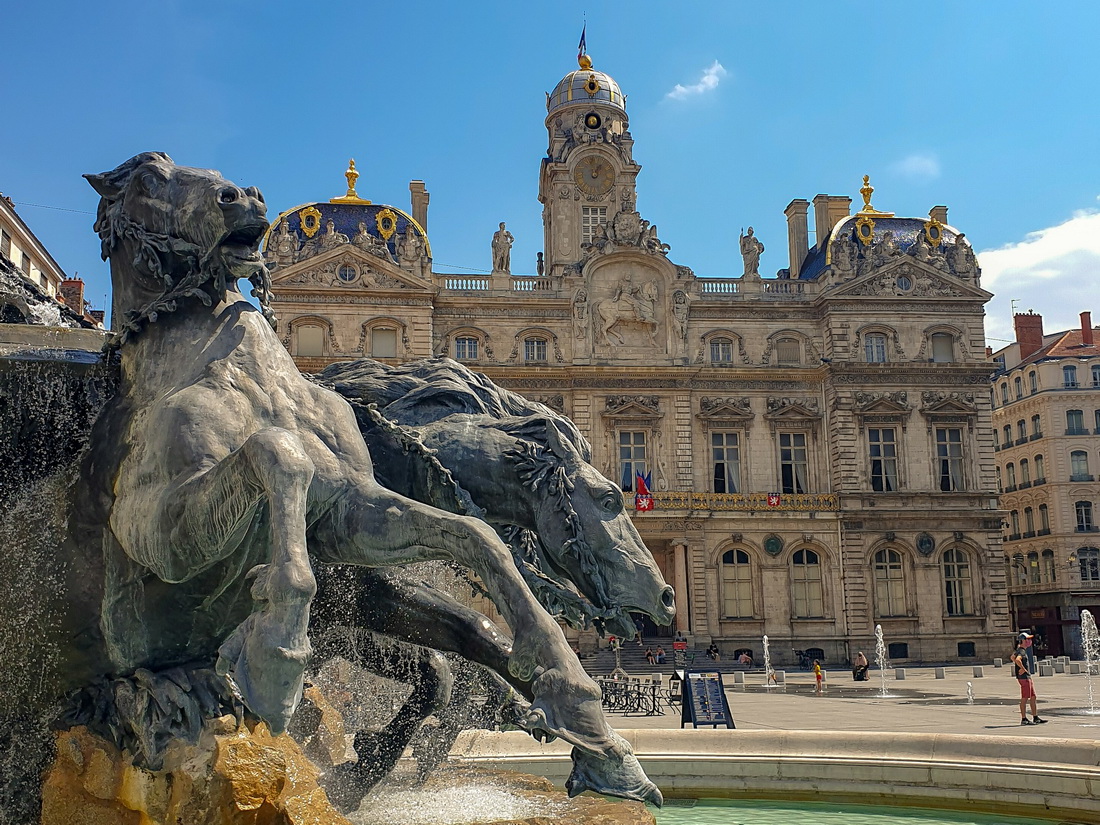
Just 300 metres from Place des Terreaux — mornings with the Bartholdi Fountain and Lyon City Hall in sight.
Some travellers recommend staying near the Part-Dieu train station — and I see why. If you’re in Lyon for just a day or two, it’s extremely convenient: easy access to the Rhône Express for the airport, and direct trains to other cities in the region.
But if you’re staying longer, this area can feel a bit too businesslike — perfectly functional, but not the most atmospheric. You might want to look for somewhere with a little more local charm.
Near Part-Dieu train station
Some travellers recommend staying near the Part-Dieu train station — and I see why. If you’re in Lyon for just a day or two, it’s extremely convenient: easy access to the Rhône Express for the airport, and direct trains to other cities in the region.
But if you’re staying longer, this area can feel a bit too businesslike — perfectly functional, but not the most atmospheric. You might want to look for somewhere with a little more local charm.
Between the Saône and Rhône Rivers
If you’re staying longer — say, a week — I’d suggest basing yourself between the Saône and Rhône, between Place Bellecour and the Opera. This central part of the Presqu’île is full of great restaurants, well connected by public transport, and within walking distance of most sights.
I stayed right here, near Lyon City Hall (Place des Terreaux), and absolutely loved it. My building had that classic Lyonnaise feel — giant wooden doors, quiet courtyard, morning coffee downstairs in the sun. Yes, the area gets lively in the evenings, but my windows faced the inner yard, so it stayed peacefully quiet at night.
Just keep in mind: the climb toward Croix-Rousse starts just beyond City Hall — about 200 metres in that direction, the streets begin to slope. It’s not always obvious from a flat map.
Old Town
Vieux Lyon is a magical place to stay — all cobbled alleys and Renaissance charm — but expect higher prices and more tourists. If you do choose it, try to avoid the busiest streets. There are a few tucked-away corners that feel much calmer.
La Croix-Rousse
Looking for something more relaxed? Consider Croix-Rousse. It has a bohemian, artsy vibe and feels a world away from the tourist crowds. Just one catch: the hill. It’s a bit of a trek down to the centre (and back up again), so be prepared for some legwork.
Is Lyon safe?
Lyon generally feels safe, both for locals and visitors. As in any city, petty crime exists, but violent incidents are rare. A bit of common sense goes a long way.
Pickpocketing: Watch your bag in crowded places like markets, public transport, and busy squares. Once on a tram, someone tried the classic distraction move — shoved me near the ticket validator while their friend reached into my bag. I caught on in time, and they backed off with nothing.
Helpful strangers: Keep an eye out near ticket machines. Some people hang around offering assistance, but it’s often just a cover to get close enough to grab your wallet or phone.
At night: Most parts of the city feel safe after dark, especially in well-lit, central areas. Still, avoid deserted alleys and parks late at night — just as you would anywhere else. And maybe don’t go overboard on the Beaujolais.
Do people in Lyon speak English?
Lyon is a major university city, so you’ll see plenty of students, and many of them speak English. People working in tourism are usually comfortable with it too.
At museums, restaurants, the airport, and main train stations, English is fairly common. You’ll find signage and explanations, and staff at info desks or ticket counters can usually help in English.
But outside the tourist bubble, it’s another story. Older locals might understand a little, but don’t expect fluent replies. Most signs in residential areas or at smaller venues are French-only.
At the market, I couldn’t have much of a conversation with local farmers — most only knew a handful of words. Still, they were eager to chat about their cheese, which made up for everything. I didn’t speak to everyone, of course, but what I did try was excellent. So was the cheese.
In short, in central Lyon, you’ll get by just fine. A few words of French, even badly pronounced, go a long way.
How to get to Lyon
Lyon is easy to reach, whether you’re flying in, rolling in by train, or arriving on a budget bus from elsewhere in Europe.
✈️By plane
Lyon-Saint Exupéry Airport (LYS) is the city’s main airport, located about 25 km from the centre. Airlines like easyJet, Transavia, Wizz Air, and Lufthansa fly here, often with connections via Frankfurt or Munich — that’s how I arrived and departed. The airport itself is small and easy to navigate, which made both legs of the trip pleasantly stress-free.
The fastest way into town is the Rhônexpress tram (about 30 minutes), but it’s on the expensive side. If you’d rather save money, take a TCL bus to Vaulx-en-Velin La Soie and hop on the metro — it takes longer, but costs far less. More on getting to and from the airport →
🚄 By train
Lyon has two major train stations: Part-Dieu and Perrache. Both are served by high-speed TGV trains from Paris, Marseille, Geneva, and beyond. From Paris, the trip takes around 2 hours — fast enough for a day trip, if you’re feeling ambitious.
🚌 By bus
If you’re travelling on a budget, long-distance buses like FlixBus and BlaBlaCar Bus connect Lyon to many European cities. The main bus terminal is at Perrache, conveniently located near the centre.
What is public transport like in Lyon?
Lyon’s public transport isn’t flawless, but it’s efficient enough — I’d give it a solid four out of five.
The network includes 4 metro lines, 6 tram lines, and plenty of buses. The metro is fast and simple to navigate, and the trams are smooth and modern. Buses can be slower, especially during rush hour, when traffic slows everything down.
Rush hour is no joke: after visiting the Musée des Confluences, I couldn’t even get on the first tram — it was that packed. I made it onto the second, barely. And yes, keep an eye on your belongings — pickpockets do exist, especially in crowds.
Most announcements and signs are in French, so there’s always a chance of a small adventure. Once, my bus went “hors service” mid-route and rolled straight to the depot. I ended up wandering through a very local part of Lyon I hadn’t planned to explore. So… silver linings?
You can buy tickets at metro and tram stations — machines usually accept cards and cash. A single ticket is €2 and stays valid for one hour across all lines (including transfers), but make sure to validate it every time you board a tram or bus. Inspectors are frequent, and fines aren’t fun.
If you’ll be using public transport a lot, consider a day pass or a carnet of 10 tickets. And if you’ve got a Lyon City Card, public transport is already included — a nice bonus.
How to get to the airport from Lyon
There are several ways to travel between Lyon-Saint Exupéry Airport and the city centre. Here’s how they compare:
🛤 Rhônexpress Tram
This is the most direct public transport option. The Rhônexpress connects the Part-Dieu train station to the airport in about 30 minutes. The stop isn’t inside the Part-Dieu — you’ll need to exit and walk a short distance along Rue de la Villette.
It runs every 15–30 minutes from around 04:25 until midnight, with just two stops along the way. You can also catch it at Vaulx-en-Velin La Soie metro station if that’s closer to you. It’s fast and hassle-free, but not cheap — tickets cost around €15 one way if booked online.
🚕Taxi or Uber
Taxis are available citywide and take 30–45 minutes, depending on traffic. Expect to pay between €50 and €70.
Uber operates in Lyon and offers similar pricing, sometimes slightly lower.
Plan for extra time during morning or evening rush hours.
🚌 Public bus (Cheaper option)
The budget-friendly route involves taking a bus from *Vaulx-en-Velin La Soie* to the airport. It’s slower — about 45–60 minutes — and less direct, but significantly cheaper than the Rhônexpress.
This can be a good option if you’re not in a hurry and want to save a bit.
Where to buy groceries in Lyon
In Lyon, you definitely won’t go hungry — whether you’re dining out or, like me, mostly cooking at home. The city offers plenty of delicious options, and exploring its food shops and markets is half the fun.
Supermarkets
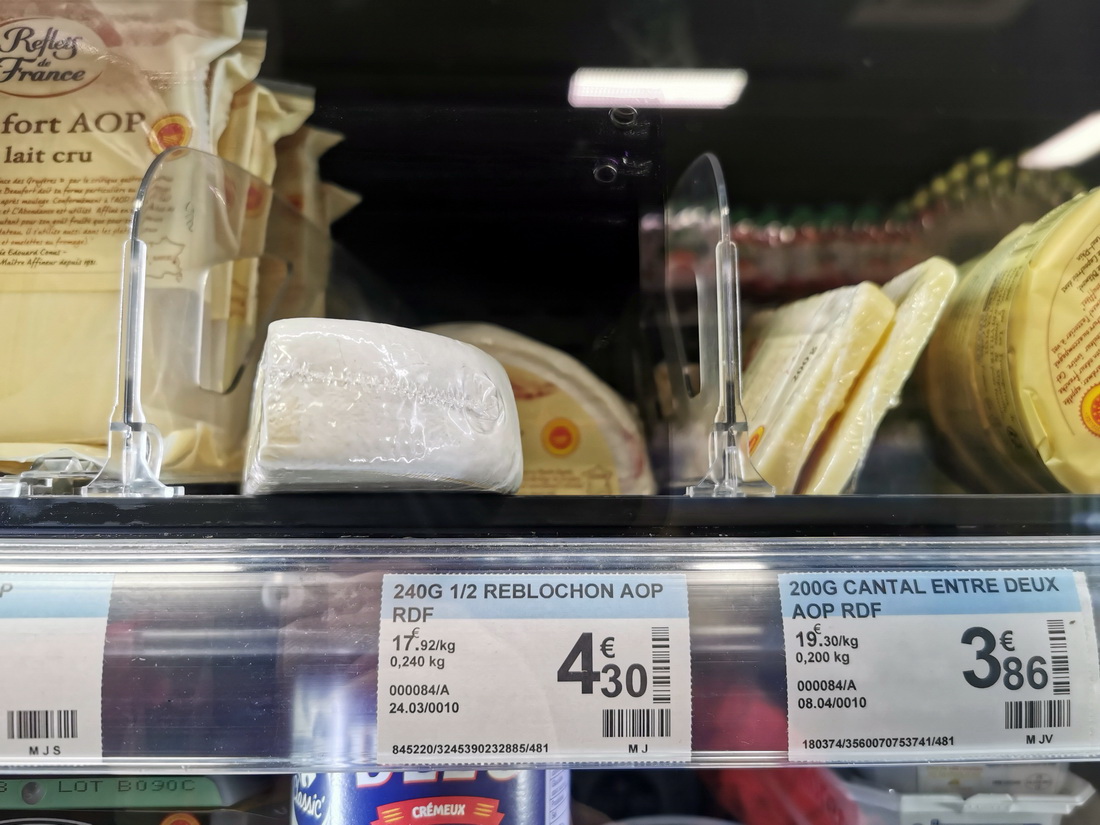
I once counted over 30 types of packaged cheese in a tiny neighbourhood store — not amazing, but definitely enough to get by for a few days.
As you wander around the city centre, you’ll see lots of small supermarkets like Carrefour Express and Carrefour City. These mini-markets are everywhere. Sure, prices are a little higher, but if you’re just grabbing a few things, they’re perfect for a quick stop.
For a more budget-friendly option, Lidl is a reliable choice. There are a couple of branches near the Part-Dieu station. Auchan is another alternative — not always the cheapest, but good for occasional deals if you’re in the mood to browse.
🍇Markets (Marchés)
One of the real joys of shopping in France is visiting the local markets, and Lyon is no exception.
Marché Saint-Antoine
Stretching along the Saône River, this open-air market is one of the city’s most famous. It’s open daily except Mondays, and you’ll find everything from oysters and cheese to fresh vegetables, pastries, and even the last truffles of the season. Prices can be steep, but it’s all about the experience.
Marché de la Croix-Rousse
Located in the Croix-Rousse district, this market has a more laid-back, local feel, and lower prices too. I already mentioned it in the sightseeing section, but it’s worth repeating here if you’re after everyday produce.
Halles de Lyon Paul Bocuse
Looking for gourmet groceries? This iconic indoor market is where you’ll find top-quality meats, cheeses, and other indulgences. Expect high prices — and serious temptation.
Marché Place Carnot
A smaller local market in the Perrache area, open only on Wednesdays and Sundays. It’s worth popping by if you’re staying nearby.
Organic and Speciality Stores
Lyon also has some great options for organic and niche products.
Bio c’ Bon (58 Av. des Frères Lumière)
This well-stocked organic shop has everything from fresh veg to granola and snacks. Prices are higher, but the quality’s reliable.
Naturalia (4–6 Rue Grolée)
Another good choice for eco-friendly or vegan products. You’ll find organic basics here along with plant-based specialities.
Asian and International groceries
For something different, explore the La Guillotière-Sud area. It’s full of Asian, Middle Eastern, and African stores — I spotted everything from baobab powder to jackfruit and fragrant spice blends, often at excellent prices.
What to bring from Lyon
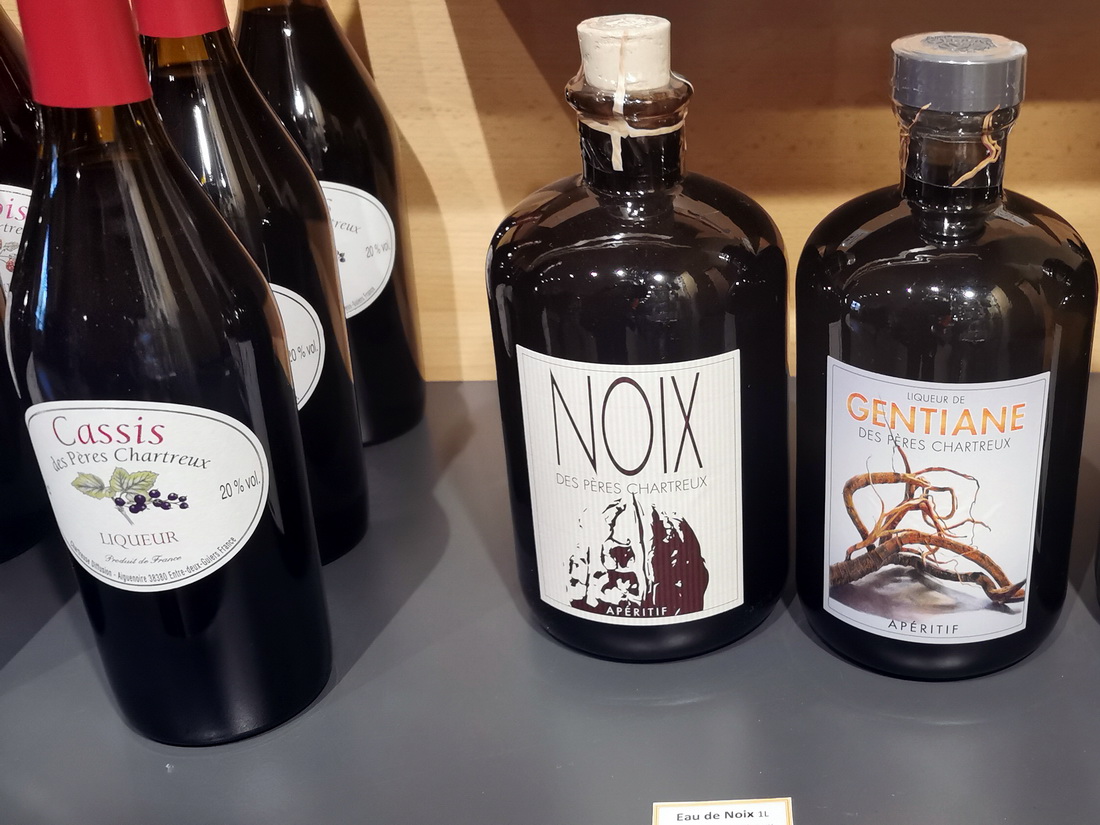
Alcoholic beverages from the Chartreuse Monastery — herbal, historic, and not for the faint of palate.
In Lyon, it’s dangerously easy to fall in love with local flavours and beautiful little things — you’ll want to take everything home. Here are some of the most memorable (and practical) souvenirs:
Local food specialities
- Coussin de Lyon: A small green cushion filled with chocolate and marzipan, this sweet is as symbolic of Lyon as the Eiffel Tower is of Paris. It’s kitschy, sugary, and oddly elegant — and yes, it travels well.
- Cheeses: Lyon isn’t as famous for cheese as Normandy or the Alps, but the selection is still fantastic. Markets and supermarkets are full of affordable regional cheeses — or you can splurge at a deli. I brought back a dozen mini wedges, and not a single one survived the week.
- Saucisson: Dry-cured sausage is a local staple. You’ll find all kinds — with nuts, with wine, with a charming label that says “Lyonnais” — and they’re perfect for sharing, slicing, or simply hoarding.
Local wine and spirits
If you’re flying carry-on only, skip this part — airport security will not be charmed.
- Beaujolais Wine: Lyon sits at the doorstep of Beaujolais. A bottle makes a great gift, especially if you’ve visited the region or just want to pretend you have.
- Chartreuse: This bright green (or yellow) herbal liqueur is made by monks in the mountains not far from Lyon. Bold and complex.
🧣 Silk scarves and fabrics
Lyon made its name with silk, and let’s just say the tradition hasn’t faded. Scarves, ties, fabrics — it’s all still here, and it’s hard to walk away empty-handed.
Many local shops and museum boutiques still sell Lyon-made silk, from delicate florals to bold geometrics. Prices usually start around €30, but finer pieces can go well beyond €100.
If you’re blonde, though, fair warning: many colours seem made with brunettes in mind. After six stunning scarves that somehow washed me out, I finally found the one — and yes, it was blue.
Local crafts and art
Markets and pop-up stalls often showcase pottery, ceramics, and illustrations made by Lyonnais artists. If you’re looking for something with soul — and that fits in your suitcase — this is your category.
Brioche and pastries
If your flight’s not too long, swing by a bakery in the morning and grab some fresh brioche or croissants. Most open around 06:00–07:00, giving you just enough time to carry a box of buttery joy onto the plane. My own haul lasted till about 15:00 — back home and already half gone.
📸 Marking Your Spot in Lyon
Lyon wins you over quietly, with a wink. One moment you’re wandering cobbled streets between Renaissance façades, the next you’re sipping coffee on a riverside bench, realising you’ve completely lost track of time. And that’s part of the charm.
This guide covered what to see, how to get around, what to eat, and what to bring back — but the best parts of Lyon often unfold between the lines. In unplanned detours, early-morning markets, a funny interaction in broken French, or a perfectly timed sunset over Fourvière.
Whether you’re here for a few days or just passing through, Lyon knows how to leave a mark — in conversations you’ll retell, in that pile of photos, and occasionally in your suitcase (full of cheese and cheeky brioches, naturally).
Bon voyage — and if you’ve read this far, thanks for letting me walk you through my version of the city. Here’s to your own Lyon story. 🥂
